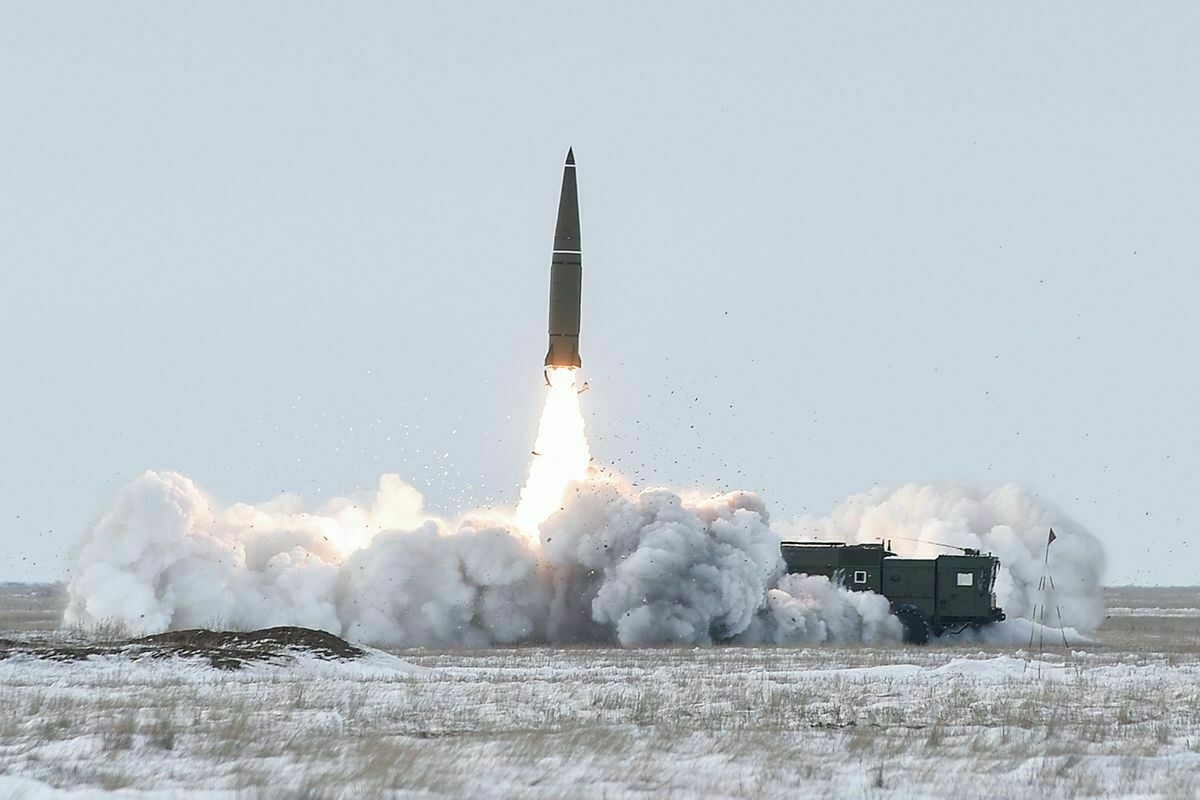-
Russian missiles target western Ukraine in latest mass attack
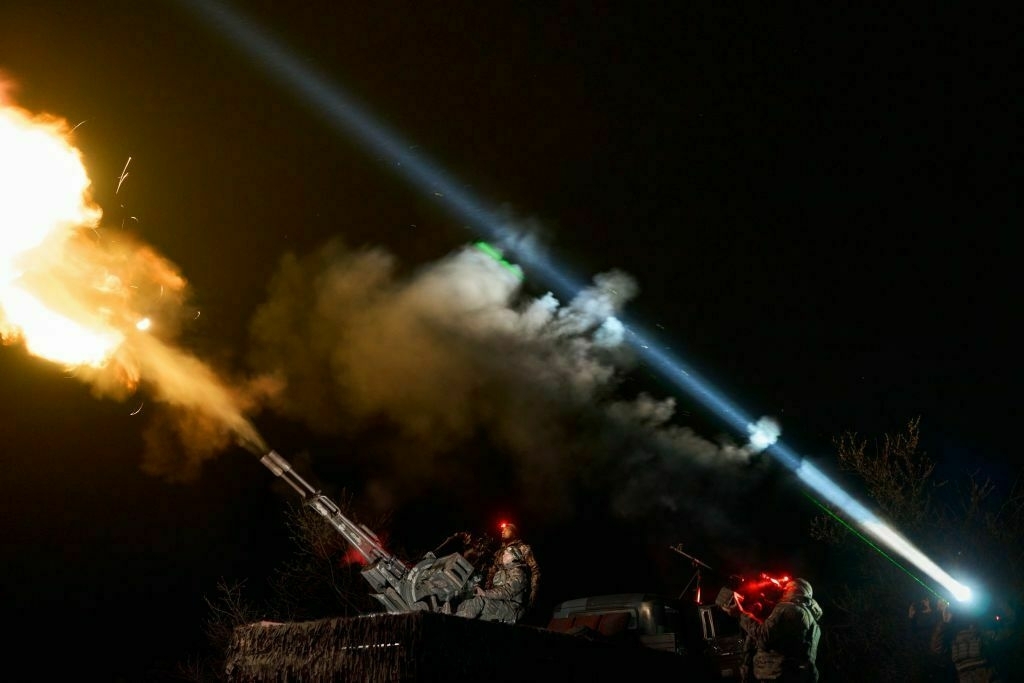
Editor’s Note: This is a developing story and is being updated.
Russia launched another large-scale attack against Ukraine overnight on June 9, assailing cities across the country with drones and missiles.
Multiple rounds of explosions have been reported in Rivne, a city far from the front lines in northwestern Ukraine, amid an ongoing drone and missile attack.
The mass strike comes shortly after Russia on June 6 launched 452 drones and 45 missiles at Ukraine in a single night — one of the largest aerial attacks in the full-scale war. The Kremlin claimed the bombardment was retaliation for Kyiv’s Operation Spiderweb drone strike on Russian strategic aircraft.
Ukraine’s Air Force issued aerial alerts throughout the night on June 8-9, warning multiple regions of the threat of ballistic missiles and Shahed-type attack drones.
Explosions have been reported in Kyiv and Rivne.
Tymur Tkachenko, head of the Kyiv City Military Administration, said that an office building in the capital’s Darnytsia district had been damaged in the attack.
Trump administration redirects 20,000 anti-drone missiles meant for Ukraine, Zelensky confirms“We counted on this project — 20,000 missiles. Anti-Shahed missiles. It was not expensive, but it’s a special technology,” President Volodymyr Zelensky said.The Kyiv IndependentTim Zadorozhnyy
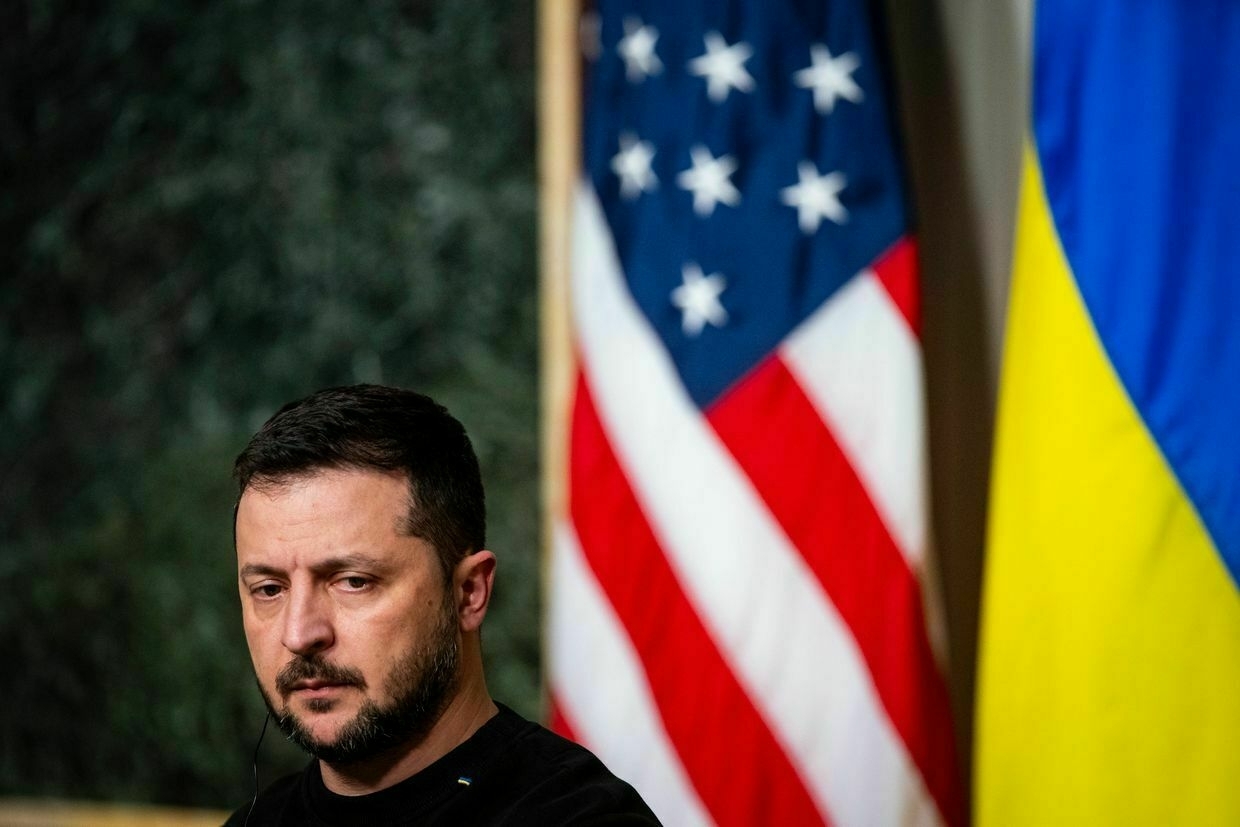
Reuters reported on June 8 that the U.S. expects Russia to launch more large-scale, multi-pronged strikes at Ukraine in the coming days as part of Moscow’s “asymmetrical” response to Operation Spiderweb.
The Kremlin’s retaliation could target high-value government sites, such as administrative buildings or intelligence facilities, a Western diplomatic source said.
The Security Service of Ukraine (SBU) on June 1 carried out an audacious mass drone attack on four key Russian air bases, reportedly damaging 41 military planes, including the heavy bombers Moscow uses to carry out attacks on Ukrainian cities.
The operation took 18 months to plan and execute, and allegedly caused $7 billion of damage to Russia’s aerial fleet.
Russian President Vladimir Putin reportedly warned U.S. President Donald Trump during a June 5 phone call that Moscow was preparing a response to the operation. That night, Russia’s mass strikes injured 80 people and killed four civilians, including emergency workers.
Trump said the next day that Operation Spiderweb “gave Putin a reason to go in and bomb the hell out of them last night."
Ukraine’s Operation Spiderweb exclusively targeted military facilities — specifically, the aircraft used to bomb civilian targets in Ukraine. The strike followed three years of aerial attacks and three months of Russian refusal to accept a ceasefire.
In the days leading up to the June 1 operation, Russia launched three heavy aerial attacks against Ukraine over three consecutive nights.
President Volodymyr Zelensky has rejected the idea that Russia’s attacks are a response to Operation Spiderweb. Following a night and day of relentless bombings in the northeastern city of Kharkiv, Zelensky on June 7 said Russia’s strikes were “not ‘retaliation’ but acts of destruction."
Ukraine war latest: US expects Russia’s retaliation for Operation Spiderweb to continue soon; Ukraine denies Russian troop presence in Dnipropetrovsk Oblast, describes situation as ‘tense’Key developments on June 7-8: * US expects Russia’s retaliation for Operation Spiderweb to continue soon * Ukraine denies Russian troop presence in Dnipropetrovsk Oblast amid offensive, describes situation as ‘tense’ * Trump administration redirects 20,000 anti-drone missiles meant for Ukraine, Zelensky confirms * Ukraine downs fighter jet in Russia’s Kursk Oblast, AirThe Kyiv IndependentThe Kyiv Independent news desk
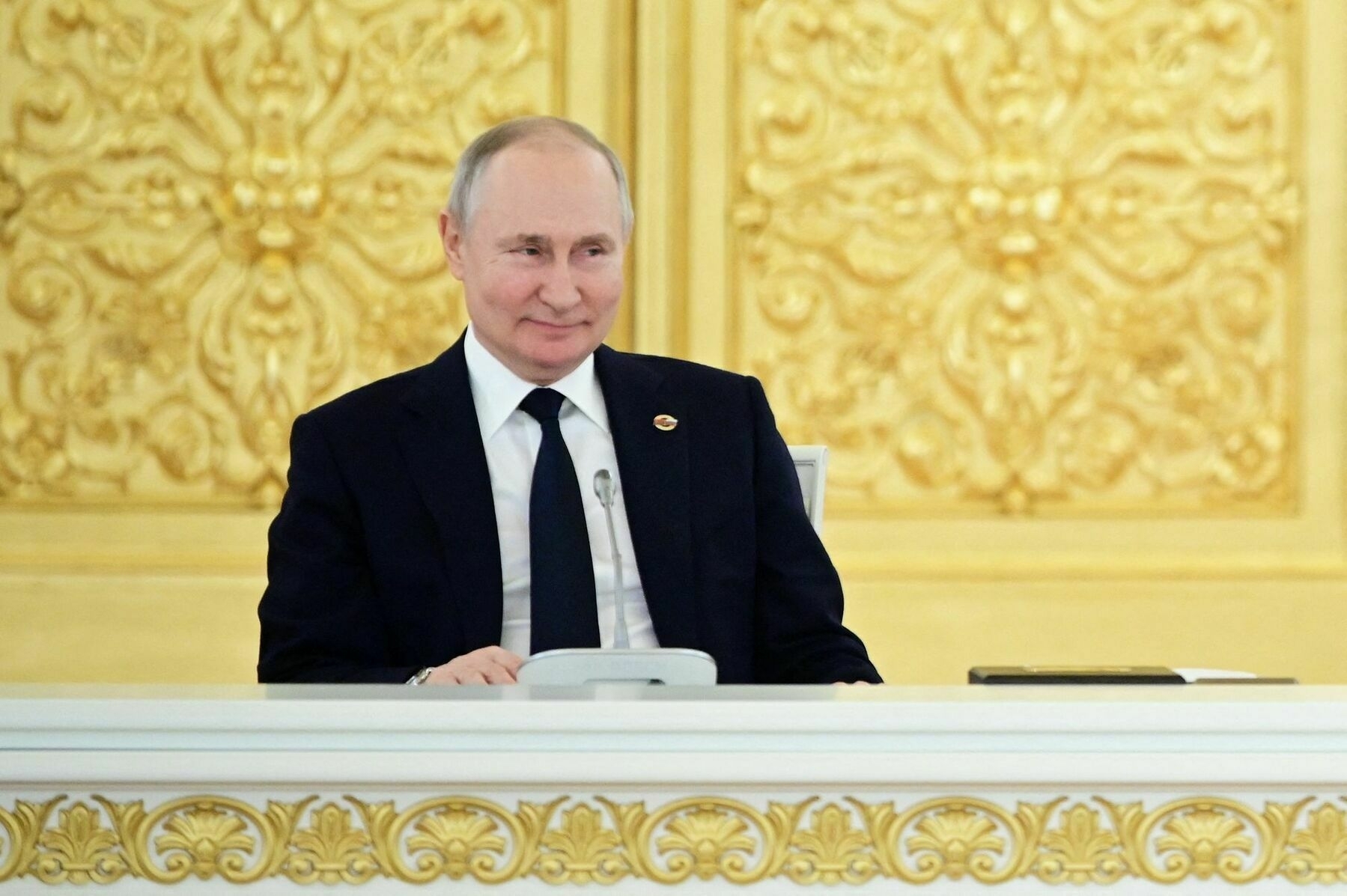
-
Ukraine war latest: US expects Russia's retaliation for Operation Spiderweb to continue soon; Ukraine denies Russian troop presence in Dnipropetrovsk Oblast, describes situation as 'tense'
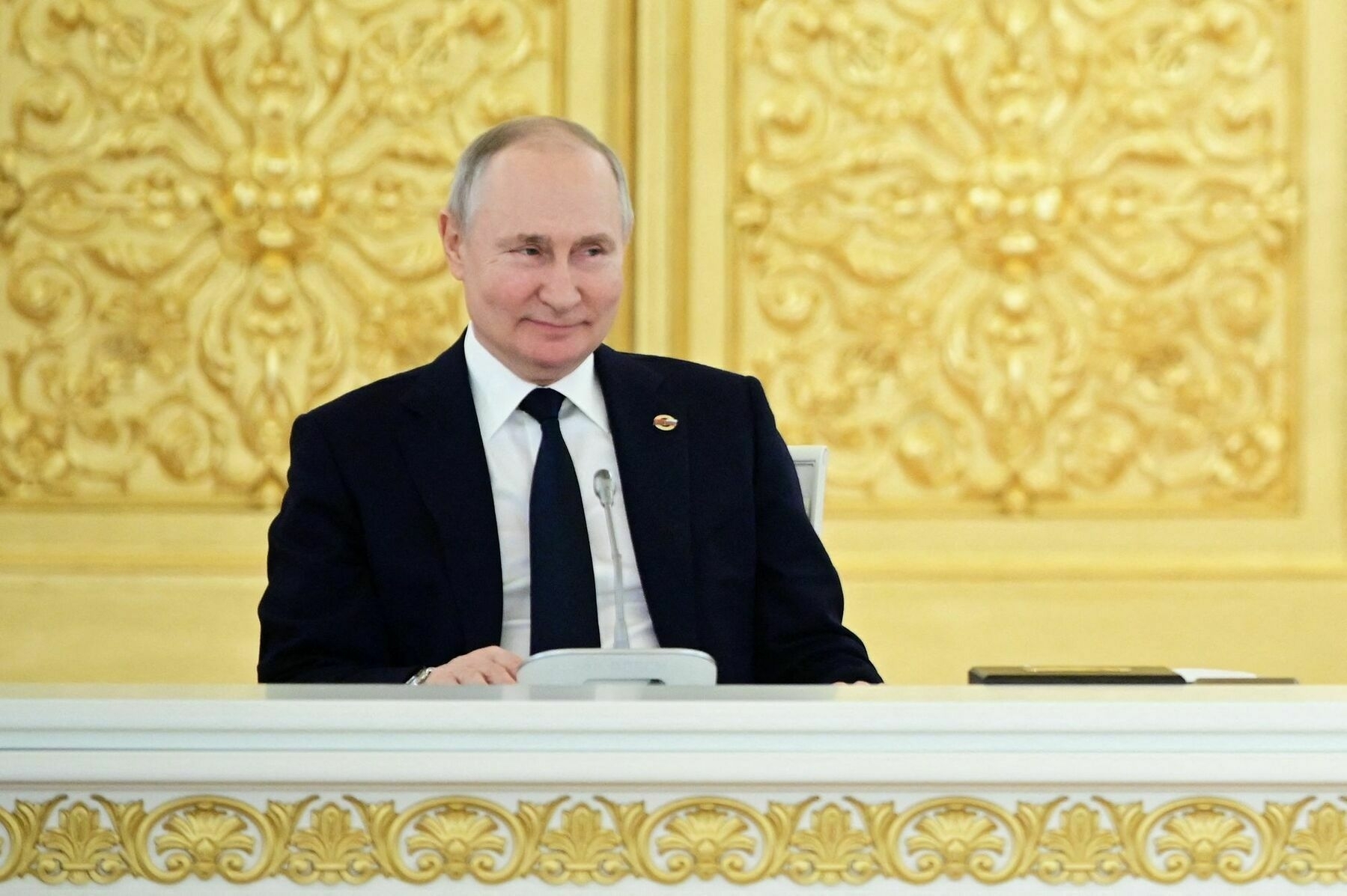
Key developments on June 7-8:
- US expects Russia’s retaliation for Operation Spiderweb to continue soon
- Ukraine denies Russian troop presence in Dnipropetrovsk Oblast amid offensive, describes situation as ‘tense’
- Trump administration redirects 20,000 anti-drone missiles meant for Ukraine, Zelensky confirms
- Ukraine downs fighter jet in Russia’s Kursk Oblast, Air Force says
- ‘I am against Ukraine’s entry into the European Union,’ Polish president-elect Nawrocki says
The U.S. believes Russia has not yet fully responded to Ukraine’s Operation Spiderweb and may soon launch another large-scale, multi-pronged strike following the massive June 6 attack, Reuters reported on June 8, citing unnamed U.S. officials.
One official told Reuters that, while the timing remains unclear, a retaliatory strike could be expected in the coming days and is likely to be “asymmetrical.” Another U.S. source said Russia would likely employ missiles and drones to hit a combination of targets.
The U.S. assessment follows the June 1 attack by Ukraine’s Security Service (SBU) on four Russian air bases using drones launched from trucks concealed within Russian territory.
Kyiv’s operation reportedly damaged 41 aircraft, including Tu-95 and Tu-22M3 bombers — two of Russia’s primary platforms for missile attacks against Ukraine.
The Kyiv Independent could not independently verify the number of aircraft hit. At least 21 planes were damaged or destroyed, according to open-source intelligence analysts.
A Western diplomatic source told the outlet that the Kremlin's response could focus on high-value government sites, such as administrative buildings or intelligence facilities.
Michael Kofman, a military analyst with the Carnegie Endowment for International Peace, suggested Moscow may aim medium-range ballistic missiles at headquarters belonging to the SBU, which organized the operation.
On June 6, Russia launched one of its most intense aerial barrages of the full-scale war, firing 452 drones and 45 missiles at Ukrainian cities and infrastructure, according to the Air Force. The attack was likely part of Russia's response to Operation Spiderweb.
At least four civilians were killed, including emergency service workers, and 80 others were injured in the overnight assault, President Volodymyr Zelensky reported.
The June 6 strikes followed a phone call between Russian President Vladimir Putin and U.S. President Donald Trump on June 4, during which Putin reportedly vowed to retaliate against the Ukrainian drone operation.
U.S. officials say Moscow's June 6 barrage may not be the full extent of its response. Russia has carried out near-nightly air assaults in recent weeks, several of which predated Spiderweb, making it difficult to separate a targeted reprisal from Russia's ongoing campaign of attrition.
Shortly after the June 6 Russian attack, Trump seemed to justify the aggression against Ukrainian cities that was launched in response to Ukraine's Operation Spiderweb.
"They gave Putin a reason to go in and bomb the hell out of them last night," Trump told reporters aboard Air Force One on June 6.
Ukrainian drone strikes Russian Tu-22 bomber: SBU releases new footage of Operation SpiderwebThe video shows the flight path of an FPV drone from the moment it takes off from the roof of a modular building to the moment before it strikes a Russian Tu-22M3 strategic bomber at the Belaya air base in Siberia.The Kyiv IndependentAbbey Fenbert
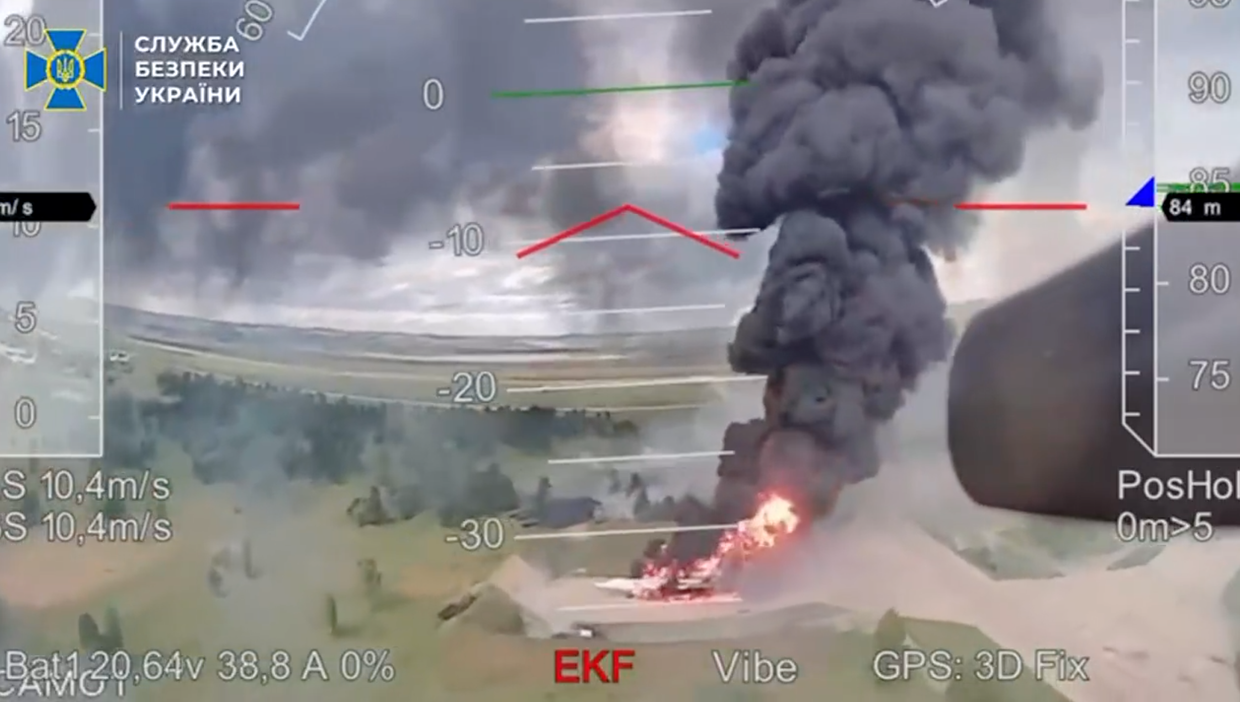
Ukraine denies Russian troop presence in Dnipropetrovsk Oblast amid offensive, describes situation as 'tense'Russian forces continue their efforts to break into Dnipropetrovsk Oblast, Ukraine's Southern Defense Forces reported on June 8, saying that the situation around the 31st Separate Brigade's positions remains "tense."
"The enemy has not abandoned its plans to enter Dnipropetrovsk Oblast," the Southern Defense Forces wrote on Telegram. "Our soldiers are bravely and professionally holding their section of the front, thwarting the occupier's plans."
The comment follows the Russian Defense Ministry's June 8 claim that its forces had entered Dnipropetrovsk Oblast.
Despite the claims, Major Andrii Kovalev, a spokesperson for Ukraine's General Staff denied Russian troop presence in the region.
"The information is not true. Fighting is ongoing in Donetsk Oblast. The enemy did not enter Dnipropetrovsk Oblast," Kovalev told Ukrainska Pravda.
In a separate statement to CNN, Viktor Trehubov, a spokesperson for for Ukraine's Khortytsia group of forces said that "the Russians are constantly spreading false information that they have entered the Dnipropetrovsk region from the Pokrovsk and Novopavlivka directions, but (in neither place) is this information true.”
The 31st Brigade is deployed in the Novopavlivka direction, where Donetsk, Zaporizhzhia, and Dnipropetrovsk oblasts converge. Since 2014, Russian aggression has heavily impacted Donetsk Oblast, while Dnipropetrovsk Oblast has remained free from direct incursions.
The denials from Ukraine's militaary come amid continuing Russian offensives in eastern and northern Ukraine, along with escalating diplomatic efforts that have yet to yield a ceasefire.
President Volodymyr Zelensky's Deputy Chief of Staff Pavlo Palisa said on June 6 that Russia aims to occupy all Ukrainian territory east of the Dnipro River and advance toward Odesa and Mykolaiv in a broader plan to sever Ukraine's access to the Black Sea, amid a renewed summer offensive.
On May 21, Ukrainian officials rejected similar claims that Russian troops had reached Dnipropetrovsk Oblast's administrative boundary.
Serhii Lysak, head of the regional military administration, called the reports "fake," citing doctored photos allegedly showing Russian soldiers in the area.
The Ukrainian monitoring project DeepState analyzed one such image and determined it had been taken in Troitske, a village in Donetsk Oblast.
As a precaution, Dnipropetrovsk Oblast began mandatory evacuations of children and families from four front-line villages in late April — Kolona Mezhova, Novopidhorodne, Raipole, and Sukhareva Balka — located just 5 to 15 kilometers from Russian positions.
Despite the lack of verified ground incursions, Dnipropetrovsk has endured frequent Russian missile, drone, and aerial attacks since the full-scale invasion began.
The ongoing Russian advance occurs as peace efforts remain stalled, and U.S.-brokered negotiations have failed to achieve a ceasefire.
Exchange of fallen soldiers’ bodies expected next week, official saysBudanov’s statement comes just a day after Russia claimed that a prisoner swap had failed due to Ukraine’s fault — an accusation Kyiv denied.The Kyiv IndependentTim Zadorozhnyy
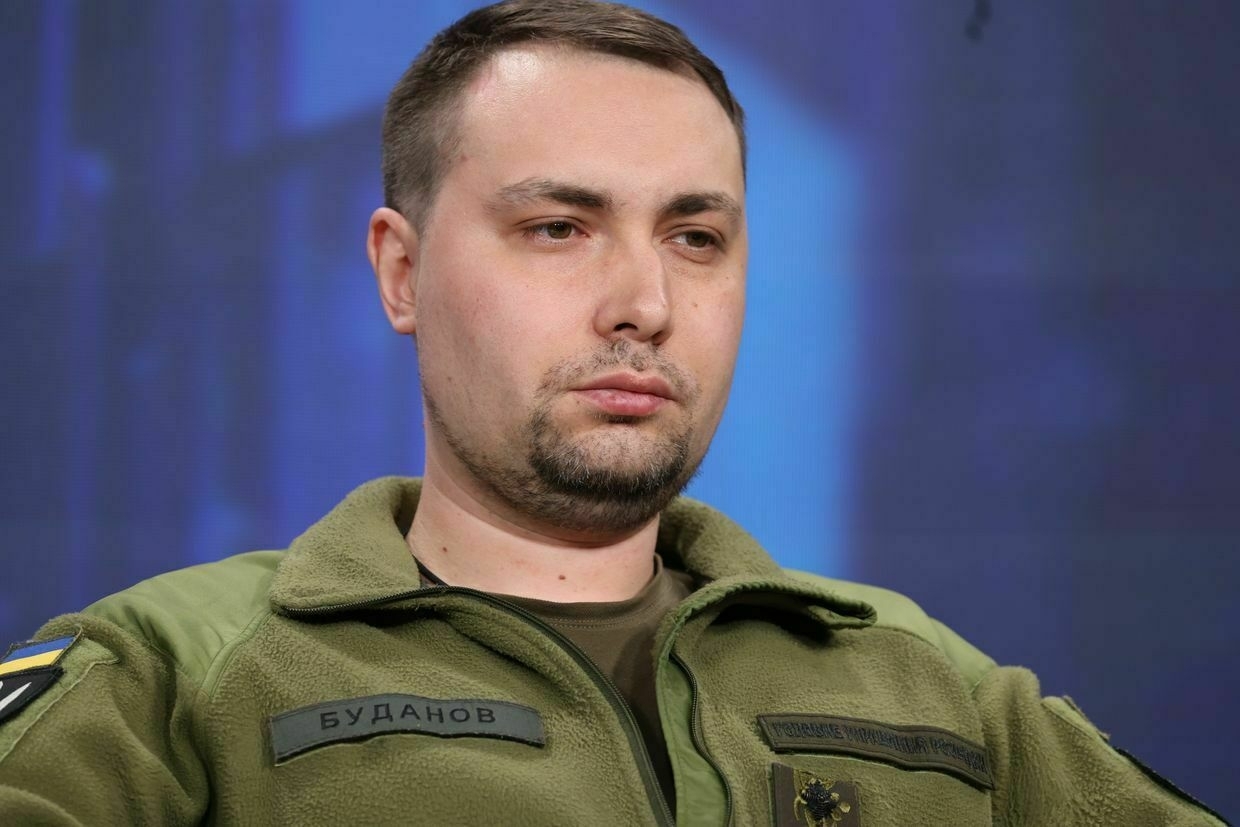
Trump administration redirects 20,000 anti-drone missiles meant for Ukraine, Zelensky confirmsZelensky confirmed that Trump's administration diverted 20,000 anti-drone missiles originally intended for Ukraine to American forces in the Middle East, in an interview with ABC News published on June 8.
Zelensky said Ukraine had counted on the missiles to help counter relentless Russian drone attacks, which include swarms of Iranian-designed Shahed-type drones. On June 1, Russia launched a record 472 drones in a single night.
"We have big problems with Shaheds… we will find all the tools to destroy them," Zelensky said. "We counted on this project — 20,000 missiles. Anti-Shahed missiles. It was not expensive, but it's a special technology."
Zelensky said the plan had been agreed upon with then-U.S. Defense Secretary Lloyd Austin and was launched under President Joe Biden's administration.
The Wall Street Journal reported on June 4 that the Trump administration had redirected the munitions, which include special fuzes used in advanced rocket systems to intercept drones, toward U.S. forces stationed in the Middle East.
The Pentagon reportedly informed Congress in a classified message that the reallocation of the fuzes for the Advanced Precision Kill Weapon System was deemed an "urgent issue" by current Defense Secretary Pete Hegseth.
A Ukrainian military intelligence (HUR) source told the Kyiv Independent on June 4 that Russia is preparing to launch more than 500 long-range drones per night in future attacks, as Moscow rapidly scales up drone production and constructs new launch sites.
The Trump administration has halted the approval of new military aid packages to Ukraine since the start of his second term in January.
Elon Musk’s father to attend pro-Kremlin event in Russia hosted by far-right ideologueAmong the forum’s panels are sessions titled “Russian Space: The Race for Mars” and “The Battle for Hearts and Minds: The Ideology of Sovereign Russia.”The Kyiv IndependentTim Zadorozhnyy
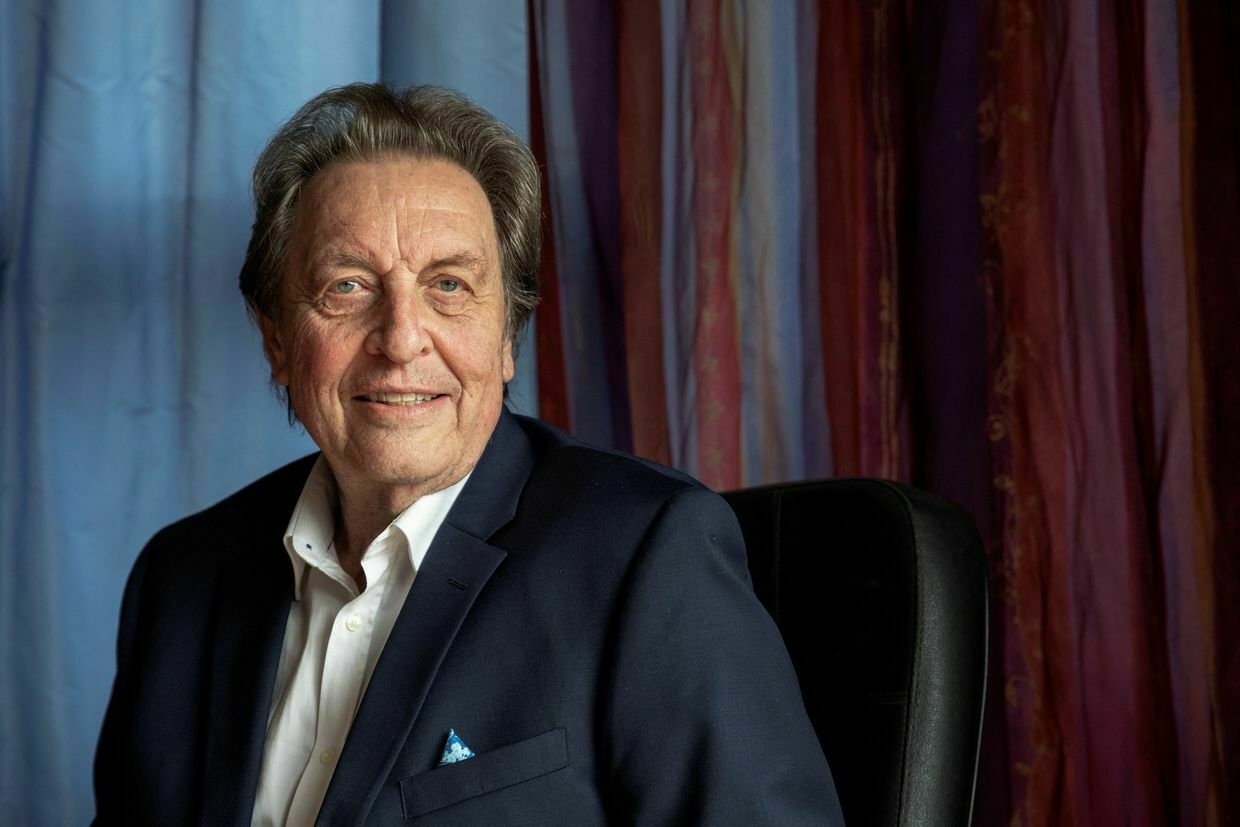
Ukraine downs fighter jet in Russia's Kursk Oblast, Air Force saysUkraine shot down a Russian Su-35 fighter jet in Russia's Kursk Oblast on the morning of June 7, the Air Force reported.
Although no details of the operation were disclosed, the downing brings the total number of Russian aircraft destroyed since the start of the full-scale invasion to 414, according to Ukraine's General Staff.
Ukraine launched a cross-border incursion into Kursk Oblast in August 2024, marking the first large-scale invasion of Russian territory by foreign forces since World War II.
Reinforced by North Korean troops, Russia launched a push to recapture the region in early March, with Ukraine being forced to pull back from much of the initially taken territory, including the town of Sudzha.
The downing of the Su-35 fighter jet also adds to the losses Ukraine has inflicted on the Russian Air Force over the past week during Operation Spiderweb.
Ukrainian drone attacks force airport shutdowns near Moscow, mayor saysRussia’s Defense Ministry claimed that 61 Ukrainian drones were launched between the evening of June 7 and the morning of June 8.The Kyiv IndependentTim Zadorozhnyy
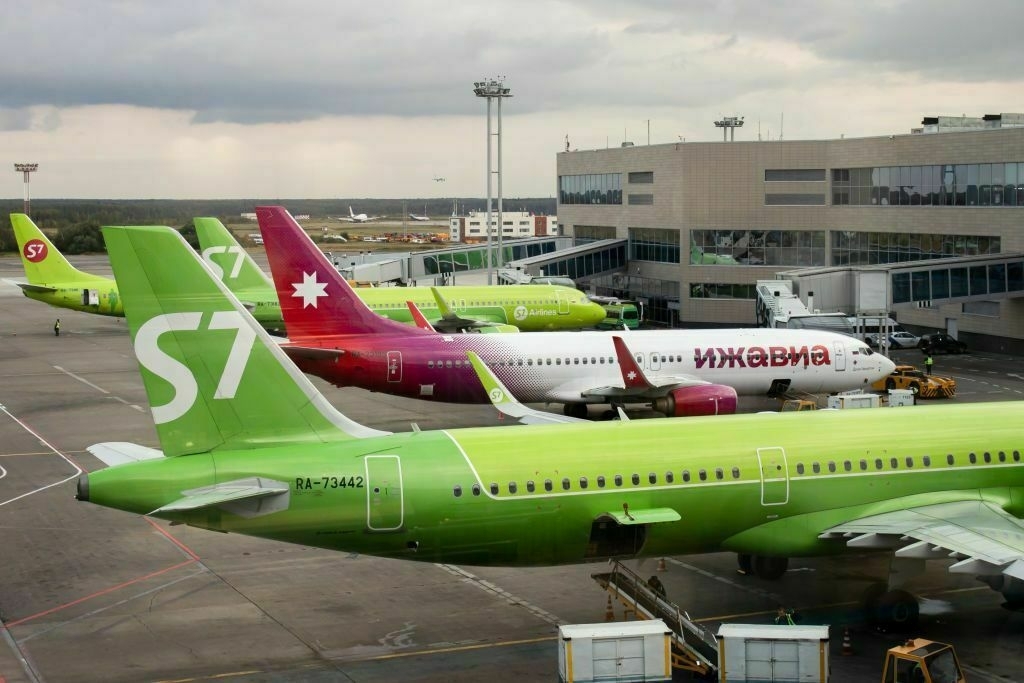
'I am against Ukraine's entry into the European Union,' Polish president-elect Nawrocki says"At the moment, I am against Ukraine's entry into the European Union," Polish President-elect Karol Nawrocki told Hungarian outlet Mandiner in an interview released on June 7.
"On the one hand, we must support Ukraine in its conflict with the Russian Federation, but Ukraine must understand that other countries, including Poland, Hungary, and other European countries, also have their own interests," he said.
Nawrocki won the second round of the Polish presidential election on June 1 with 50.89% of the vote. He has previously voiced opposition to Ukraine's membership in the EU and NATO, despite supporting Ukraine's sovereignty.
"Poland has such an interest, for example, in the exhumation of the Volyn (massacre) victims," Nawrocki said.
Polish and Ukrainian researchers began exhuming victims of the World War II era massacres on April 24 in Western Ukraine.
It was the first such exhumation since 2017, when Ukraine imposed a moratorium in response to the destruction of Ukrainian Insurgent Army (UPA) memorials in Poland.
"During the campaign, I did not agree, and as president, I will not agree, to unfair competition with Ukraine for Polish agriculture or the logistics sector," Nawrocki said.
EU tariffs on Ukrainian agricultural exports resumed on June 6, amid opposition to Ukrainian exports and its EU accession from eastern European members, including Hungary and Poland.
"I see Ukraine as a country that, although it is very bravely defending itself against the Russian Federation, must also respect the interests of other countries that otherwise support Ukraine," he said.
In contrast to other Eurosceptic leaders in Europe, including Slovak Prime Minister Robert Fico and Hungarian Prime Minister Viktor Orban, Nawrocki does not express pro-Russian views, but has repeatedly accused President Volodymyr Zelensky of taking advantage of allies.
Wondering where to start with Dostoevsky? Try his Ukrainian contemporaries insteadSince the start of Russia’s full-scale invasion of Ukraine in 2022, a growing debate has emerged over the cultural and political legacy of Russian literature — particularly the global reverence for classic Russian authors, which critics argue has long served to promote the imperial narratives embedded in their work. AsThe Kyiv IndependentKate Tsurkan
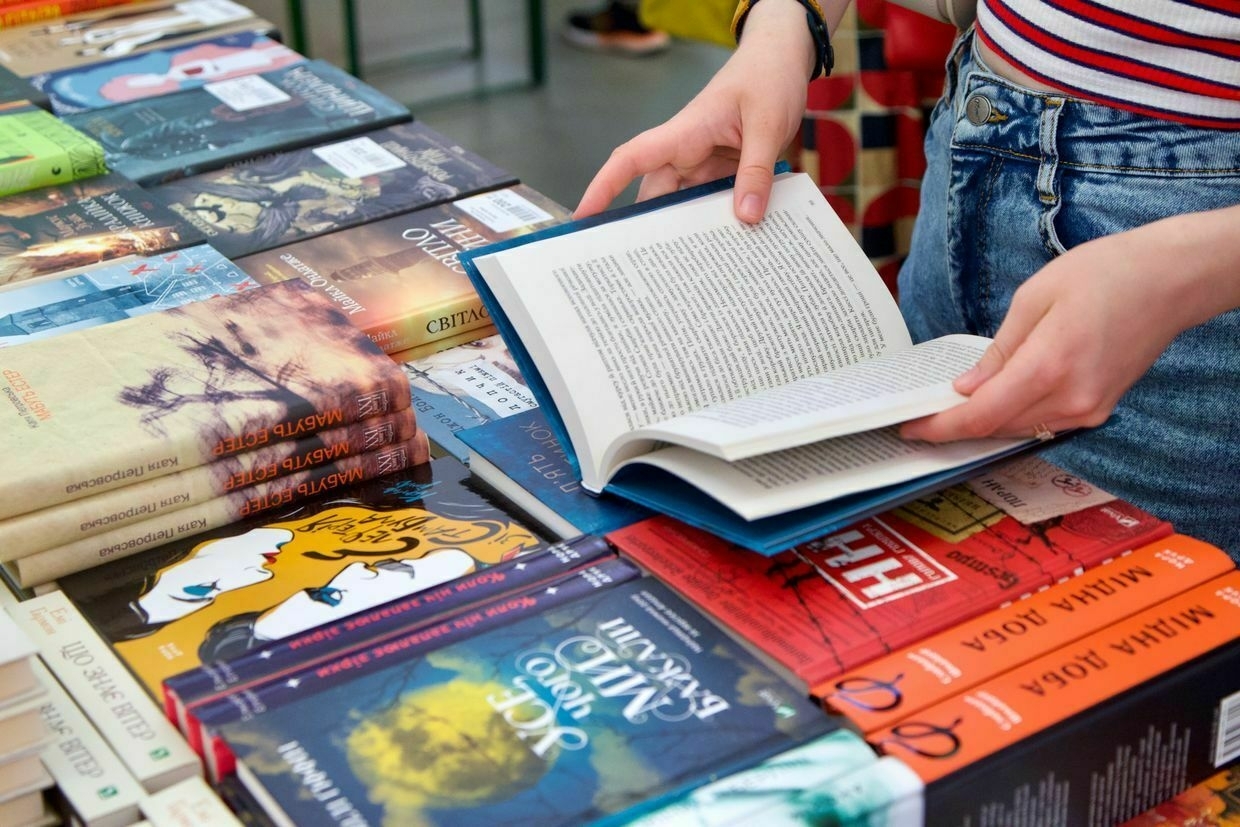
-
Russia is a MANIAC! Zelenskyy responds harshly to Trump about the “playground” #shorts
-
Trump administration redirects 20,000 anti-drone missiles meant for Ukraine, Zelensky confirms
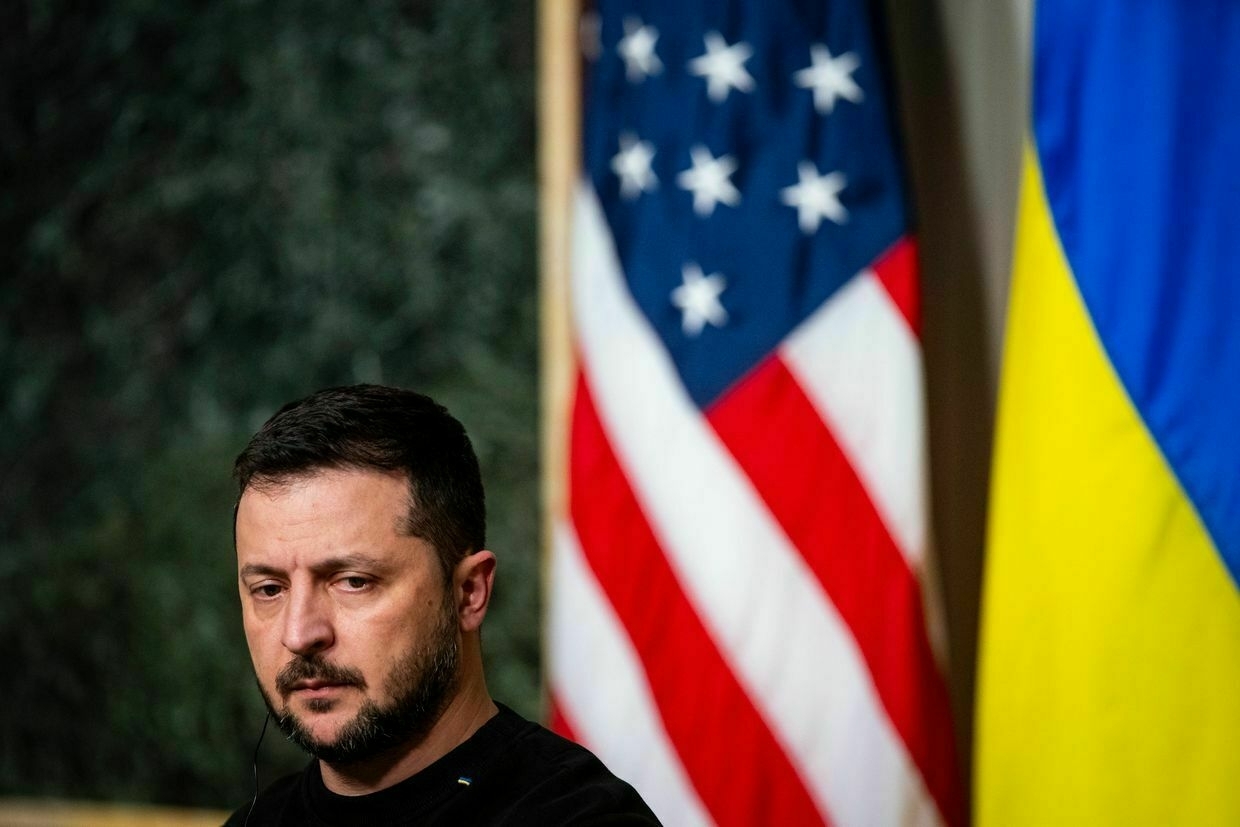
President Volodymyr Zelensky confirmed that U.S. President Donald Trump’s administration diverted 20,000 anti-drone missiles originally intended for Ukraine to American forces in the Middle East, in an interview with ABC News published on June 8.
Zelensky said Ukraine had counted on the missiles to help counter relentless Russian drone attacks, which include swarms of Iranian-designed Shahed-type drones. On June 1, Russia launched a record 472 drones in a single night.
“We have big problems with Shaheds… we will find all the tools to destroy them,” Zelensky said. “We counted on this project — 20,000 missiles. Anti-Shahed missiles. It was not expensive, but it’s a special technology."
Zelensky said the plan had been agreed upon with then-U.S. Defense Secretary Lloyd Austin and was launched under President Joe Biden’s administration.
The Wall Street Journal reported on June 4 that the Trump administration had redirected the munitions, which include special fuzes used in advanced rocket systems to intercept drones, toward U.S. forces stationed in the Middle East.
The Pentagon reportedly informed Congress in a classified message that the reallocation of the fuzes for the Advanced Precision Kill Weapon System was deemed an “urgent issue” by current Defense Secretary Pete Hegseth.
A Ukrainian military intelligence (HUR) source told the Kyiv Independent on June 4 that Russia is preparing to launch more than 500 long-range drones per night in future attacks, as Moscow rapidly scales up drone production and constructs new launch sites.
The Trump administration has halted the approval of new military aid packages to Ukraine since the start of his second term in January.
Trump has repeatedly expressed skepticism about continued assistance to Kyiv and temporarily suspended military shipments earlier this year, only resuming them after Ukraine agreed to a ceasefire framework during peace talks in Jeddah on March 11.
Hegseth, who ordered the temporary halt, did not attend the most recent Ukraine Defense Contact Group meeting on June 4 — the first such absence by a U.S. defense chief since the beginning of the full-scale invasion.
Ukraine has urgently called on Western partners to expand investments in domestic arms production and deliver more air defense systems, including U.S.-made Patriots, to counter intensifying Russian airstrikes.
Despite growing international appeals and Kyiv's offer of a 30-day ceasefire as the basis for peace talks, Moscow continues to reject the proposal.
Trump, who spoke by phone with Russian President Vladimir Putin on June 4, has refused to impose new sanctions on Russia, saying he is focused on pursuing a negotiated ceasefire.
Elon Musk’s father to attend pro-Kremlin event in Russia hosted by far-right ideologueAmong the forum’s panels are sessions titled “Russian Space: The Race for Mars” and “The Battle for Hearts and Minds: The Ideology of Sovereign Russia.”The Kyiv IndependentTim Zadorozhnyy
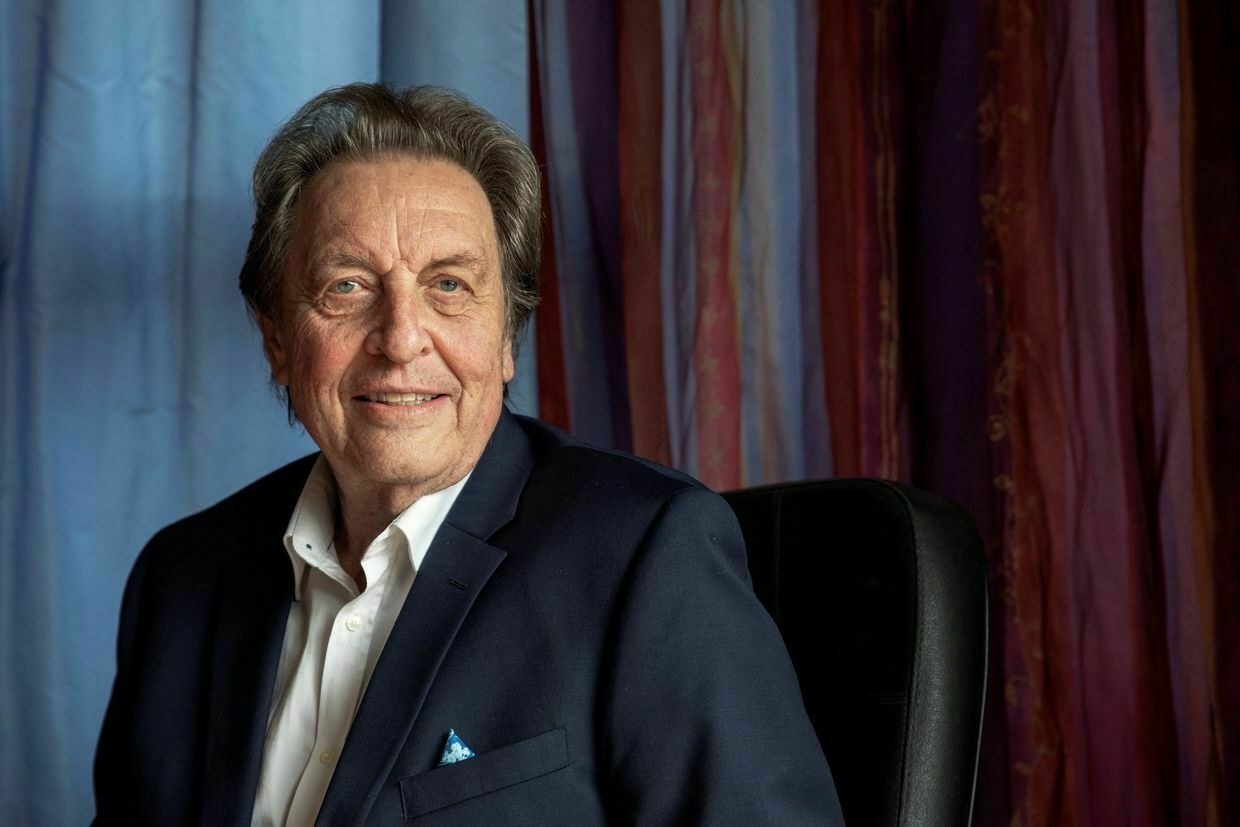
-
Elon Musk's father to attend pro-Kremlin event in Russia hosted by far-right ideologue
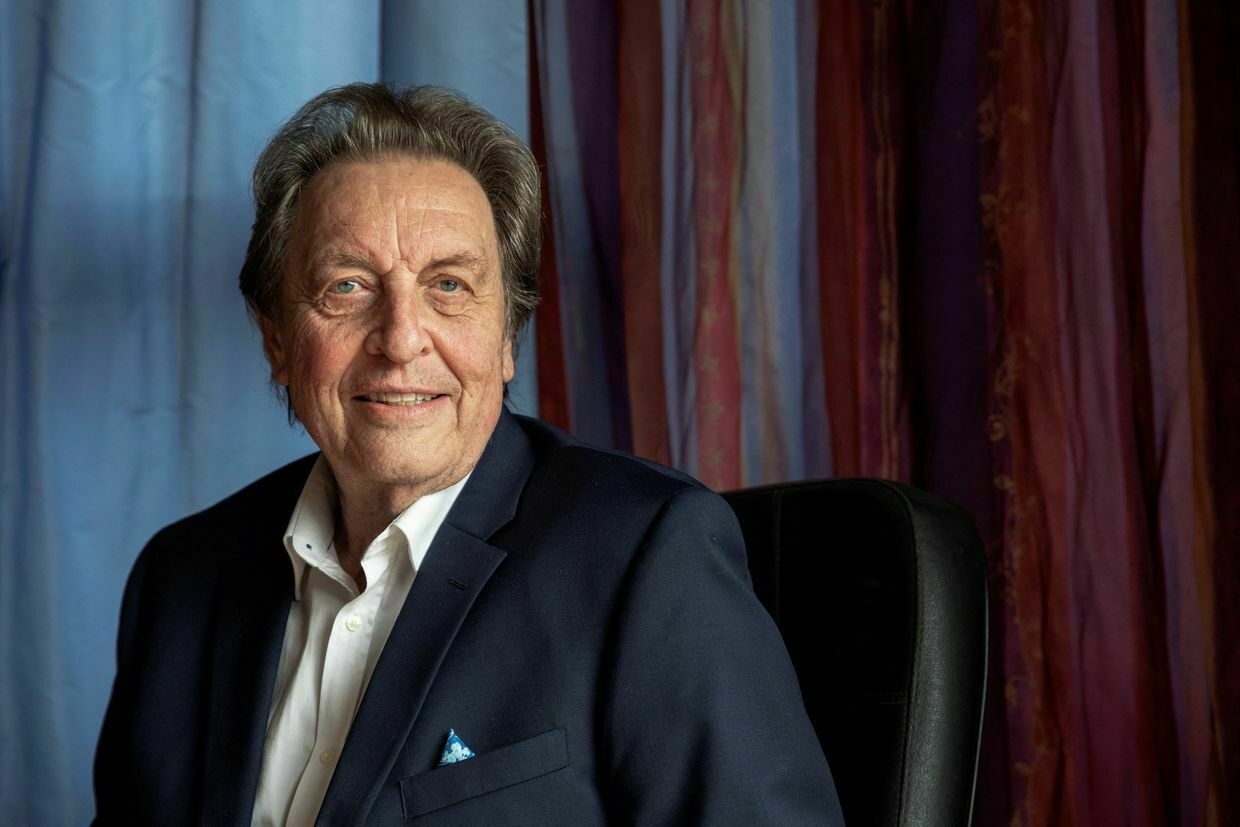
Errol Musk, the father of U.S. billionaire Elon Musk, has arrived in Moscow to attend the Forum of the Future 2050, a pro-Kremlin event scheduled for June 9-10, the Russian newspaper Kommersant reported on June 8.
The report comes amid a high-profile public conflict between Elon Musk, the world’s wealthiest businessman, and his former ally, U.S. President Donald Trump. In May, Musk announced he would step down as an advisor to Trump and as the de facto head of the Department of Government Efficiency. Since then, he has emerged as a major critic of the president.
The pro-Kremlin event will be hosted by the Tsargrad Institute and led by far-right Russian ideologue Alexander Dugin.
“I am eager to meet everyone. As far as I know, Russians are among the most intelligent people on the planet. It would be foolish not to ask their opinion on all sorts of issues,” Errol Musk was quoted as saying by the Russian state news agency TASS.
Among the forum’s panels are sessions titled “Russian Space: The Race for Mars” and “The Battle for Hearts and Minds: The Ideology of Sovereign Russia.”
According to Kommersant, scheduled speakers include Russian Foreign Minister Sergey Lavrov, oligarch Konstantin Malofeev, and prominent state TV anchor Ekaterina Andreeva.
Errol Musk, a former South African businessman and politician, has publicly praised Russian President Vladimir Putin, calling him “a strong leader” and saying that “it would be foolish not to admire Putin” in an April interview with BBC Russia.
Errol's attendance at the far-right event comes amid growing scrutiny of his son, Elon Musk, whose role as the head of SpaceX and the Starlink satellite network places him at the center of both U.S. defense operations and Ukraine's battlefield communications.
SpaceX holds billions in Pentagon and NASA contracts, including a $1.8-billion agreement with the U.S. intelligence community to build a classified spy satellite system.
Despite initially aiding Ukraine by providing Starlink terminals to stabilize battlefield communications, Elon Musk has increasingly echoed Kremlin-aligned narratives.
He has suggested that President Volodymyr Zelensky lacks public support in Ukraine and has repeatedly called U.S. aid a driver of a "never-ending draft meat grinder."
Those statements have been warmly received by Russian officials, military bloggers, and state media outlets, which have praised Musk as a voice of reason and a critic of Western involvement in the war.
Dmitry Novikov, deputy chairman of the Russian parliament's international affairs committee, said on June 6 that Moscow is ready to grant political asylum to Musk following his public dispute with U.S. President Donald Trump.
US expects Russia’s retaliation for Operation Spiderweb to continue soonOne official told Reuters that while the timing remains unclear, a retaliatory strike could be expected in the coming days and is likely to be “asymmetrical.”The Kyiv IndependentTim Zadorozhnyy
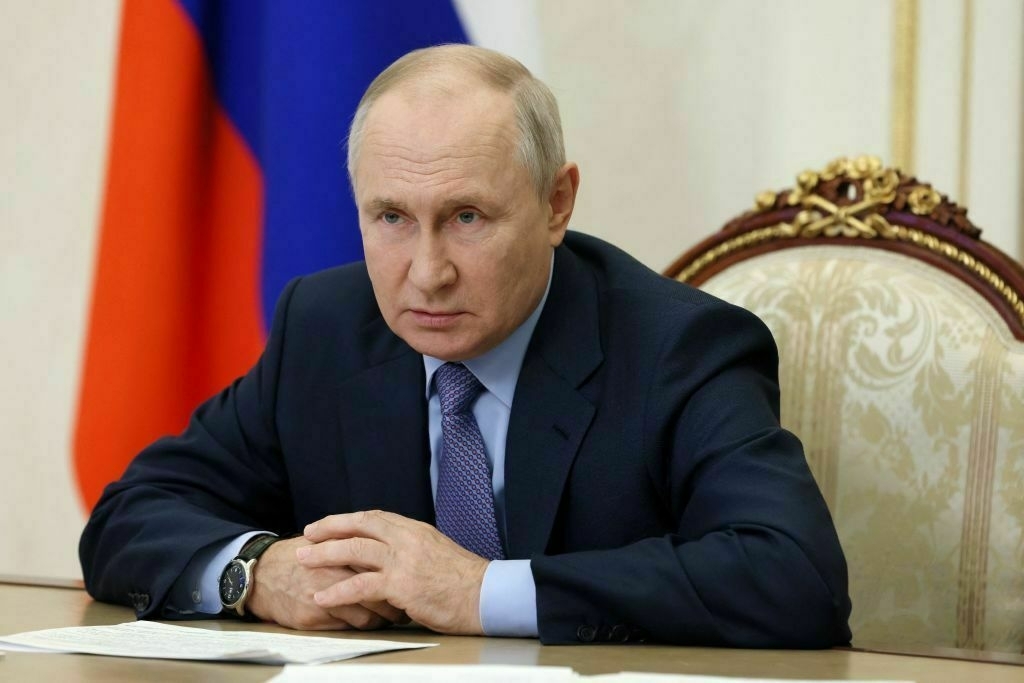
-
US expects Russia's retaliation for Operation Spiderweb to continue soon
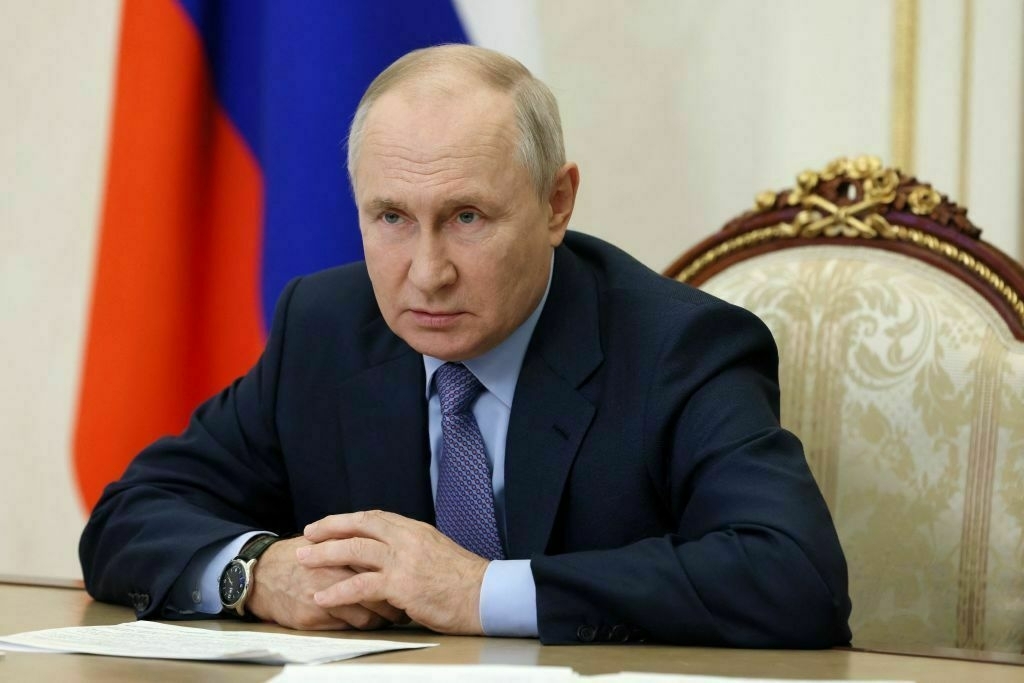
The U.S. believes Russia has not yet fully responded to Ukraine’s Operation Spiderweb and may soon launch another large-scale, multi-pronged strike following the massive June 6 attack, Reuters reported on June 8, citing unnamed U.S. officials.
One official told Reuters that, while the timing remains unclear, a retaliatory strike could be expected in the coming days and is likely to be “asymmetrical.” Another U.S. source said Russia would likely employ missiles and drones to hit a combination of targets.
The U.S. assessment follows the June 1 attack by Ukraine’s Security Service (SBU) on four Russian air bases using drones launched from trucks concealed within Russian territory.
Kyiv’s operation reportedly damaged 41 aircraft, including Tu-95 and Tu-22M3 bombers — two of Russia’s primary platforms for missile attacks against Ukraine.
The Kyiv Independent could not independently verify the number of aircraft hit. At least 21 planes were damaged or destroyed, according to open-source intelligence analysts.
A Western diplomatic source told the outlet that the Kremlin’s response could focus on high-value government sites, such as administrative buildings or intelligence facilities.
Michael Kofman, a military analyst with the Carnegie Endowment for International Peace, suggested Moscow may aim medium-range ballistic missiles at headquarters belonging to the SBU, which organized the operation.
On June 6, Russia launched one of its most intense aerial barrages of the full-scale war, firing 452 drones and 45 missiles at Ukrainian cities and infrastructure, according to the Air Force. The attack was likely part of Russia's response to Operation Spiderweb.
At least four civilians were killed, including emergency service workers, and 80 others were injured in the overnight assault, President Volodymyr Zelensky reported.
The June 6 strikes followed a phone call between Russian President Vladimir Putin and U.S. President Donald Trump on June 4, during which Putin reportedly vowed to retaliate against the Ukrainian drone operation.
U.S. officials say Moscow's June 6 barrage may not be the full extent of its response. Russia has carried out near-nightly air assaults in recent weeks, several of which predated Spiderweb, making it difficult to separate a targeted reprisal from Russia's ongoing campaign of attrition.
Shortly after the June 6 Russian attack, Trump seemed to justify the aggression against Ukrainian cities that was launched in response to Ukraine's Operation Spiderweb.
"They gave Putin a reason to go in and bomb the hell out of them last night," Trump told reporters aboard Air Force One on June 6.
Ukrainian drone strikes Russian Tu-22 bomber: SBU releases new footage of Operation SpiderwebThe video shows the flight path of an FPV drone from the moment it takes off from the roof of a modular building to the moment before it strikes a Russian Tu-22M3 strategic bomber at the Belaya air base in Siberia.The Kyiv IndependentAbbey Fenbert
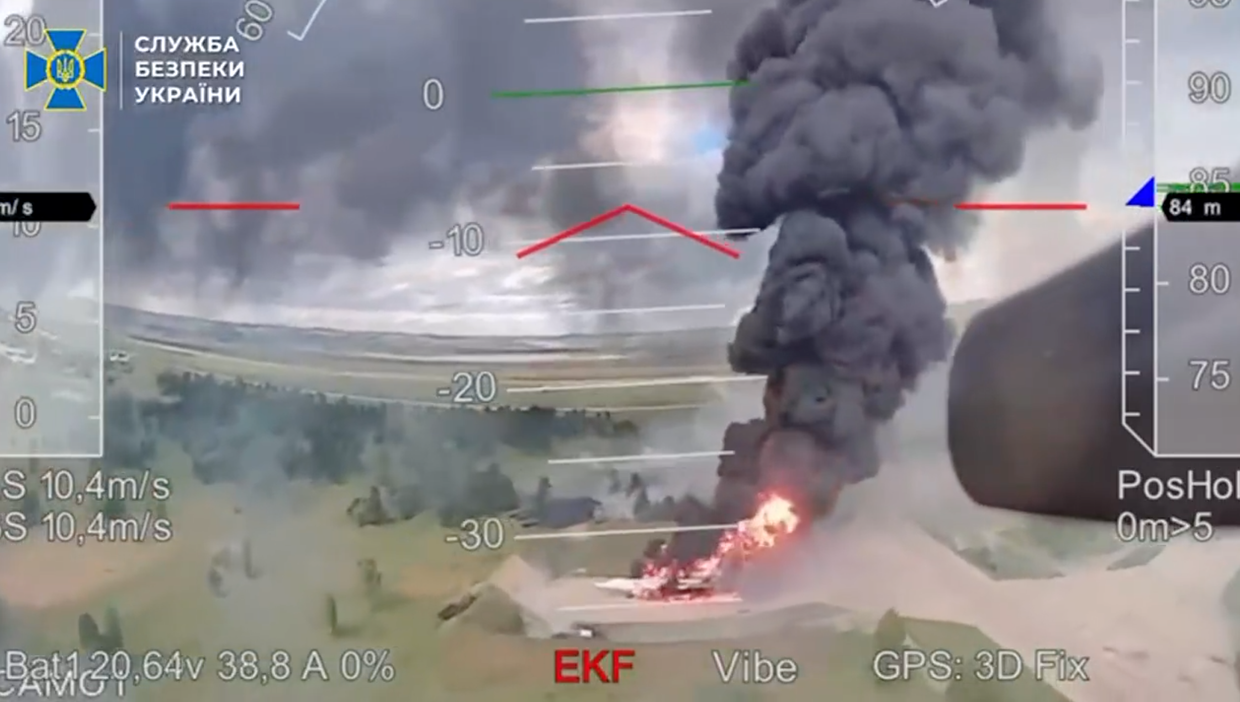
-
Finnish PM criticizes reported attempts by Trump to weaken Russia sanctions bill
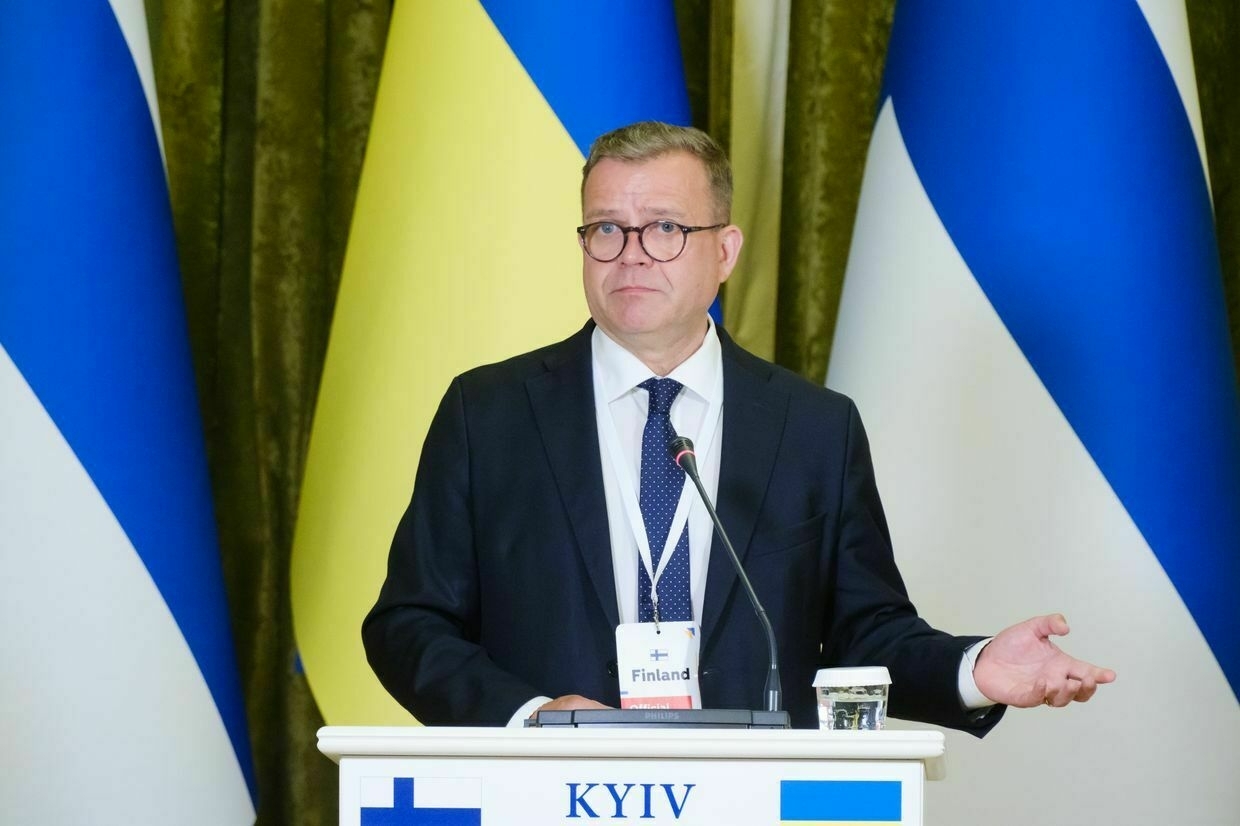
Finnish Prime Minister Petteri Orpo on June 7 criticized a weakened Russia sanctions bill amid reports that U.S. President Donald Trump is pressuring the Senate to weaken the legislation.
“We need to force (Russian President Vladimir) Putin to the negotiating table,” Orpo said at the Finnish National Coalition Party’s assembly on June 7.
“I hope that the United States passes it as quickly and as completely as possible,” Orpo told reporters at the assembly in Helsinki.
The White House is urging Republican Senator Lindsey Graham to soften a Russia sanctions bill he is leading, the Wall Street Journal (WSJ) reported on June 6, citing congressional staffers.
The bipartisan sanctions bill could introduce a 500% tariff on imports from countries that continue purchasing Russian oil and raw materials.
“We will discuss these issues at the (NATO) summit… We should get decisions now,” Orpo said.
A NATO summit is slated to take place June 24-26 in the Netherlands. The important meeting is expected to cover a wide range of issues, including defense spending and Russia’s war against Ukraine.
At a June 5 joint press conference alongside German Chancellor Friedrich Merz, Trump said lawmakers were waiting for his approval before advancing the Russian sanctions bill.
“They’ll be guided by me. That’s how it’s supposed to be,” Trump said. “They’re waiting for me to decide on what to do."
Senate Democrat Richard Blumenthal, who also leads the sanctions bill, has confirmed that negotiations have been taking place behind the scenes with White House officials.
Operation Spiderweb ‘gave Putin a reason to bomb the hell out of them,’ Trump says, following large-scale attacks on Ukrainian citiesU.S. President Donald Trump on June 6 appeared to justify Russia’s large-scale attack on Ukrainian cities launched the night before, in response to Ukraine’s Operation Spiderweb.The Kyiv IndependentDmytro Basmat
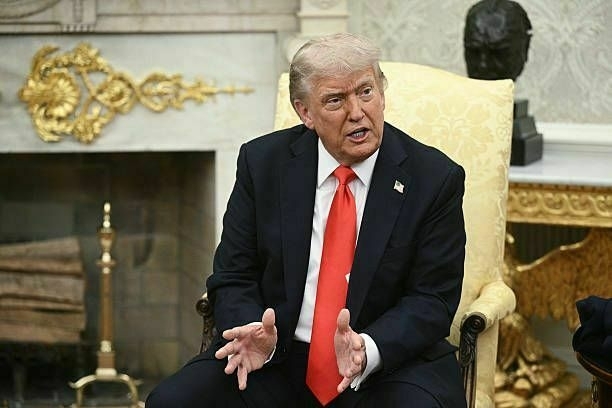
-
Zelensky urges US to act on Ukraine’s request to buy air defenses after deadly Kharkiv bombing
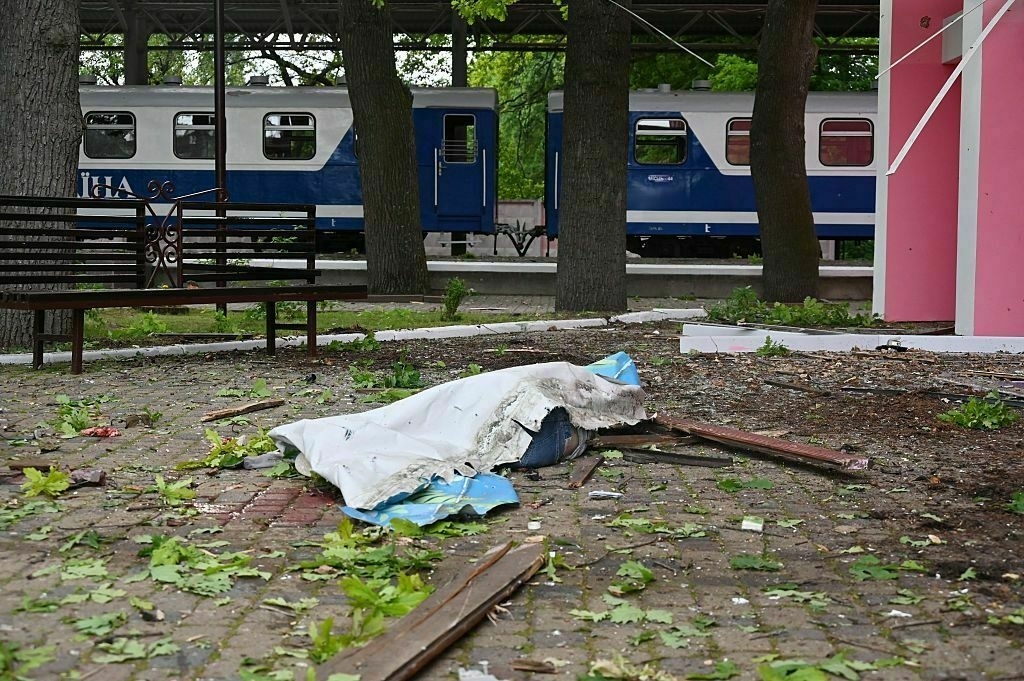
President Volodymyr Zelensky said on June 7 that Russian forces continued to brutally bomb Kharkiv, targeting the city “throughout the day” with both drones and guided aerial bombs. Two people were killed and at least 18 injured following what Zelensky called “a brutal strike on the city in broad daylight.”
“These Russian strikes are not ‘retaliation’ but acts of destruction,” the president added.
On June 6, U.S. President Donald Trump appeared to justify Russia’s large-scale attack on Ukrainian cities launched the night before, in response to Ukraine’s Operation Spiderweb. He said earlier that Russia’s response to Ukraine’s Operation Spiderweb is likely “not going to be pretty."
“They gave (Russian President Vladimir) Putin a reason to go in and bomb the hell out of them last night,” Trump told reporters aboard Air Force One.
Zelensky stressed that Russia’s goal is the complete erasure of life in Ukraine and reiterated that in all occupied territories, Russia has shown its true intent — building only military infrastructure and looting anything of value. “In more than 11 years of war, Russia has brought only one new thing to our land — ruins and death,” he said.
Zelensky highlighted Ukraine’s urgent need for air defense and appealed specifically to the United States: “We still await a response to our proposal to purchase systems that can help. We need concrete signals, not words.” He thanked European countries for their support and underlined the need for joint production of air defense systems and missiles, noting this is essential not only for Ukraine but for all of Europe.
He also renewed calls for increased international pressure, saying that “no form of pressure on Russia can be eased.” Zelensky warned that Moscow continues to prepare for war and ignores every peace proposal: “They must be held accountable."
Reporting on recent military updates, Zelensky said Ukrainian forces destroyed three Russian Iskander missile launchers used to strike Ukrainian communities. He also confirmed the downing of a Su-35 fighter jet, damage to Russian helicopters, and new strikes against Russian military logistics and airfields. “Every complication for Russia matters for our defense,” he said.
Ukraine refutes Russia’s claims of disrupting POW exchange“If the Russian side is now backing away from what was promised in Istanbul, it raises serious questions about the reliability and capability of their negotiating team,” Ukraine’s Defense Ministry said on June 7.The Kyiv IndependentDaria Shulzhenko
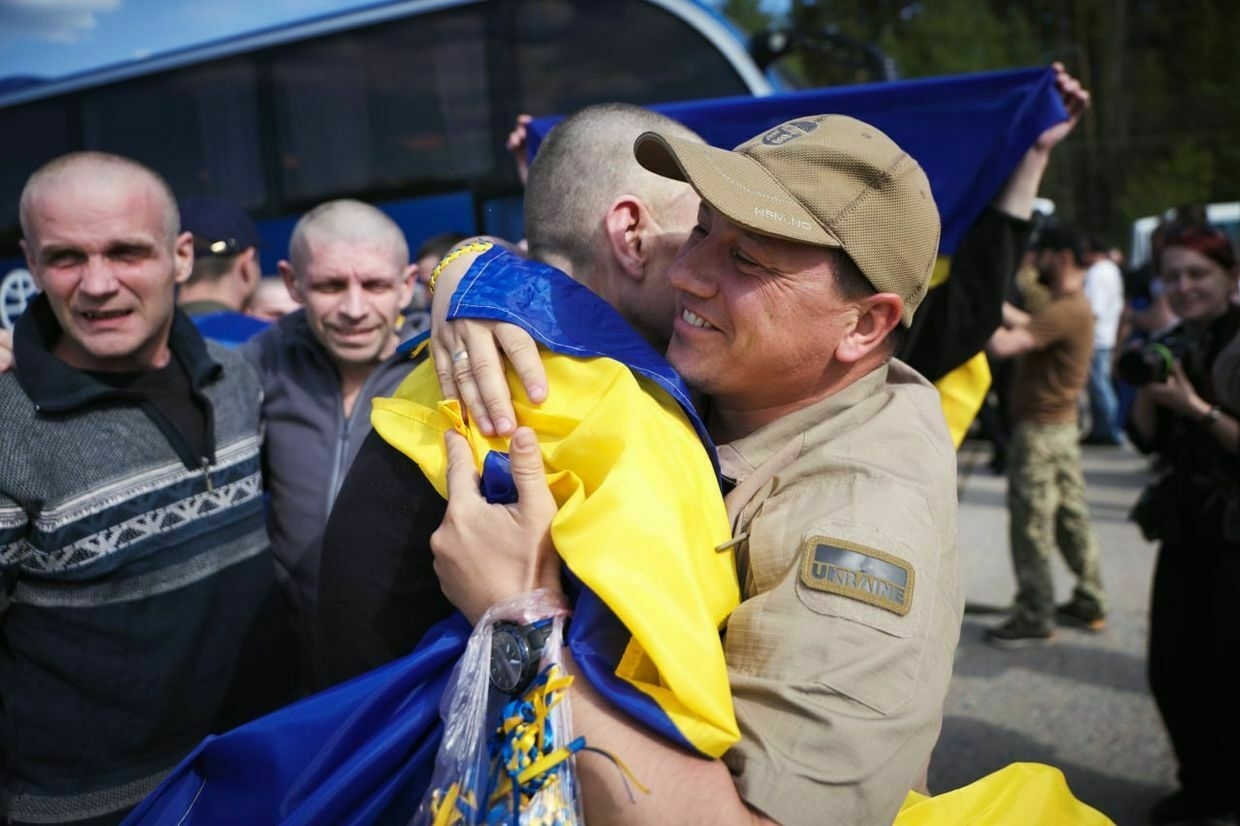
-
Russia bombs Kharkiv day after deadly overnight attack, killing 1, injuring 18
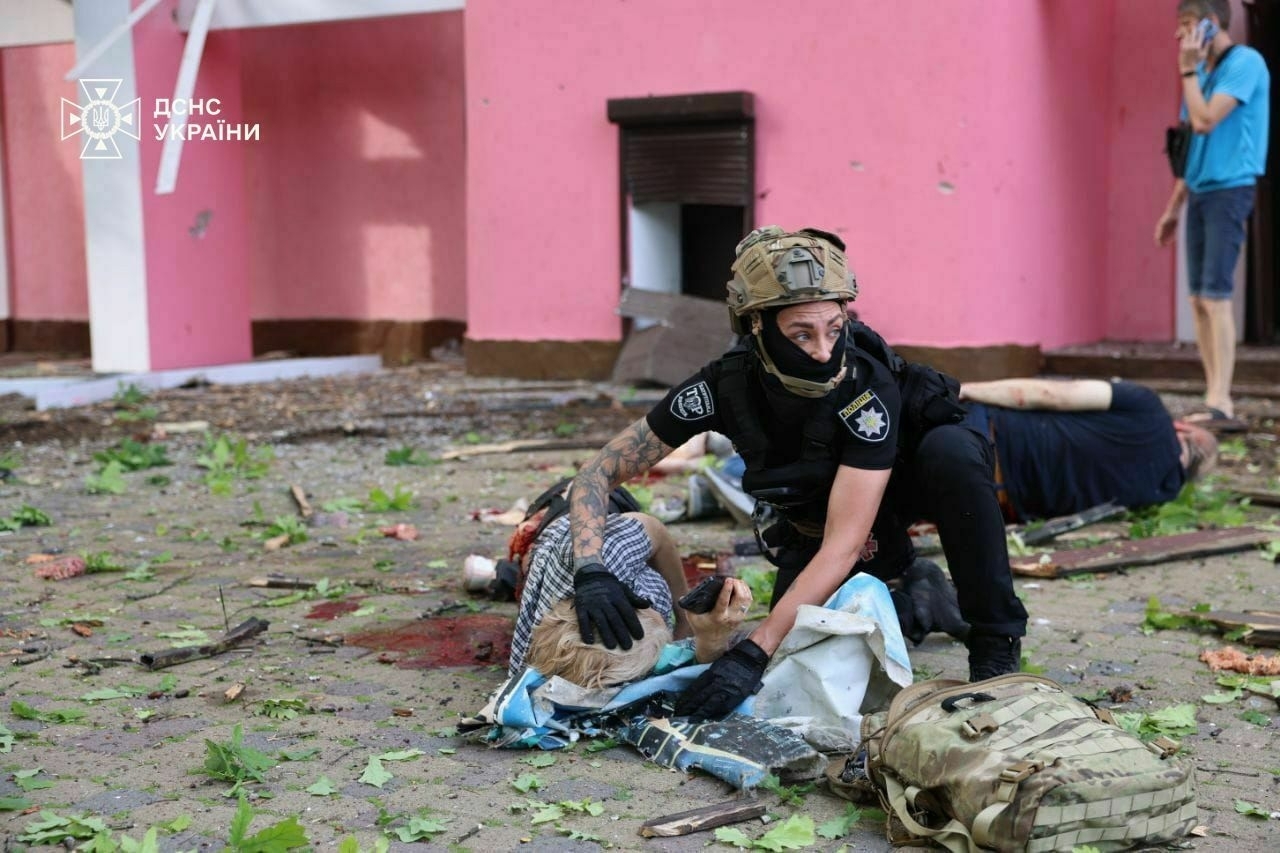
Editor’s Note: This is a developing story and is being updated.
Russia attacked the city of Kharkiv with KAB guided bombs the evening of June 7, killing one woman and injuring at least 18 people.
The bombing follows a night of deadly Russian strikes against the city. Russia launched drones, missiles, and guided bombs at Kharkiv overnight on June 7, killing at least three people and injuring 19, including two children.
Rescuers were still searching for the bodies of six victims believed to be trapped under the rubble on the afternoon of June 7, according to the regional prosecutor’s office.
At around 5:30 p.m. local time, Mayor Ihor Terekhov warned that Kharkiv was again under attack from guided aerial bombs.
Russia launched four KAB bombs at central Kharkiv, targeting the city’s Shevchenkivskyi and Kyivskyi districts, Governor Oleh Syniehubov reported after the attack. One of the bombs hit the Children’s Railway, a popular gathering place for families.
A 30-year-old woman was killed in the attack, Syniehubov said. Another 18 people were injured, with three in serious condition.
The attacks damaged two buildings and four cars at the Children’s Railway, two homes, and a farm building. Emergency responders are still at work on the scene.
The previous night, Russia struck civilian targets across Kharkiv, including an apartment building. The attack killed three and injured 19, including a 1-month-old baby. Extensive search-and-rescue operations were underway following the strike.
Kharkiv Oblast in northeastern Ukraine suffers frequent Russian assaults due to its vulnerable front-line position.
Operation Spiderweb ‘gave Putin a reason to bomb the hell out of them,’ Trump says, following large-scale attacks on Ukrainian citiesU.S. President Donald Trump on June 6 appeared to justify Russia’s large-scale attack on Ukrainian cities launched the night before, in response to Ukraine’s Operation Spiderweb.The Kyiv IndependentDmytro Basmat
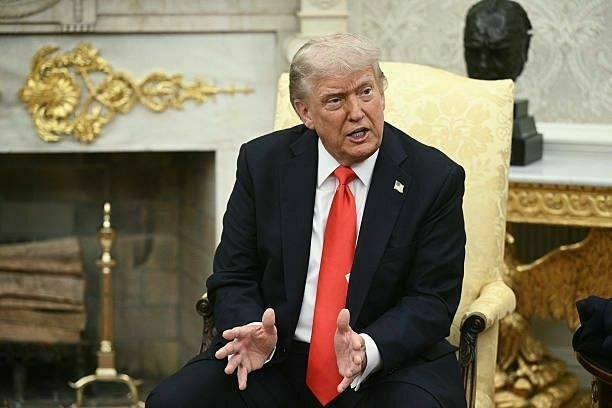
-
'Putin is a murderer' — Zelensky rejects Trump's claim that Russia, Ukraine are like 'kids'
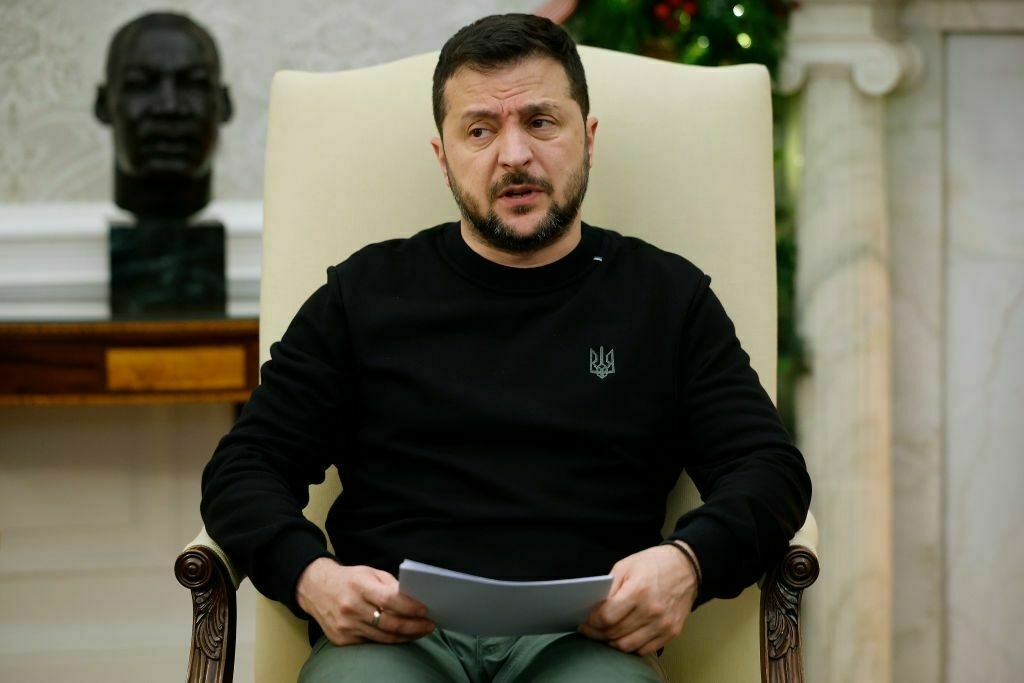
President Volodymyr Zelensky rejected U.S. President Donald Trump’s comparison of Russia’s war against Ukraine to “children fighting in a park” during his interview with ABC News published on June 6.
“We are not kids with (Russian President Vladimir) Putin at the playground in the park,” Zelensky said, as quoted by the TV network. “He is a murderer who came to this park to kill the kids."
The U.S. president, who has repeatedly claimed he alone can bring an end to the war, said on June 5 that it might be best not to intervene in Russia’s war against Ukraine for now.
“Sometimes you see two young children fighting like crazy,” Trump said at a meeting with German Chancellor Friedrich Merz at the White House. “They hate each other, and they’re fighting in a park, and you try and pull them apart. They don’t want to be pulled. Sometimes you’re better off letting them fight for a while and then pulling them apart."
Trump’s statement came amid stalled negotiations, rising casualties from Russian drone strikes, and Russia’s refusal to make any concessions.
Kyiv has repeatedly urged Russia to accept a Western-backed 30-day ceasefire as the first step toward a broader peace deal — a move that Moscow again rejected during the latest round of negotiations in Istanbul on June 2.
In the interview with ABC News, Zelensky also spoke of the “limitless” pain endured by a Ukrainian father who lost his wife and three children in a missile strike.
Zelensky added that Trump “could not feel fully and understand this pain."
“And it’s not about President Trump, it’s about any person who is not here in the country, who is some thousands of miles away — (they) cannot feel fully and understand this pain,” Zelensky said, as quoted by ABC News.
Ukraine war latest: Russia hits Ukraine with large-scale attack days after Operation Spiderweb; Ukraine targets Russian air bases in ‘preemptive strike’Key developments on June 6: * Russia hits Ukraine with large-scale attack days after Operation Spiderweb * Ukraine strikes Russian air bases in ‘preemptive strike’ ahead of drone, missile attack, General Staff says * Ukrainian drone attack destroys helicopter at Russian airfield in Bryansk, media says * Russia plans to occupy Ukraine east ofThe Kyiv IndependentThe Kyiv Independent news desk
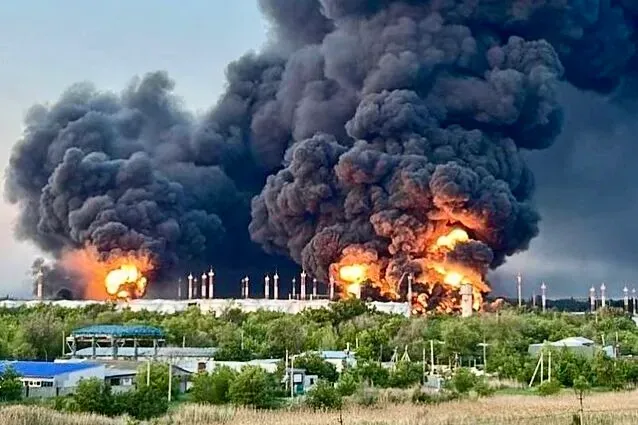
-
Operation Spiderweb 'gave Putin a reason to bomb the hell out of them,' Trump says, following large-scale attacks on Ukrainian cities
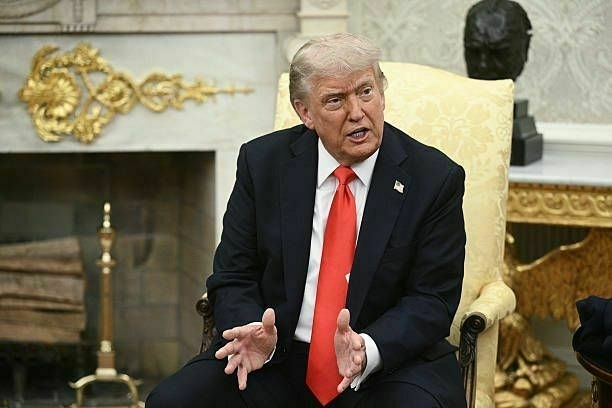
U.S. President Donald Trump on June 6 appeared to justify Russia’s large-scale attack on Ukrainian cities launched the night before, in response to Ukraine’s Operation Spiderweb.
“They gave (Russian President Vladimir) Putin a reason to go in and bomb the hell out of them last night," Trump told reporters aboard Air Force One.
“That’s the thing I don’t like about it. When I saw it I said ‘here we go now it’s going to be a strike,’ Trump added.
Russia launched a mass missile and drone attack against Ukraine overnight on June 6, targeting the capital, major cities, and the country’s far-western regions.
A total of 80 people were injured and four people killed, including first responders, President Volodymyr Zelensky said.
The attack comes a day after Putin promised to retaliate against Ukraine for its drone strike against Russian air bases during Operation Spiderweb, in a phone call with Trump.
Ukraine on June 1 launched a game-changing drone attack on four key Russian military airfields, damaging 41 planes, including heavy bombers and rare A-50 spy planes. Kyiv has claimed it had disabled 34% of Russia’s strategic bomber fleet in what is seen as one of the most daring operations during the full-scale war.
Trump warned on June 5 that Russia’s response to Ukraine’s Operation Spiderweb is likely “not going to be pretty."
“I don’t like it, I said don’t do it, you shouldn’t do it, you should stop it,” Trump added.
Despite Trump’s repeated calls for hostilities between Russia and Ukraine to end, Trump has continued to delay additional pressures on Moscow through sanctions.
Trump on June 5 sidestepped questions as to when he can be expected to impose additional sanctions on Russia, as the Kremlin continues to reject a ceasefire in Ukraine.
When asked by reporters in the Oval Office as to whether a deadline exists for the implementation of sanction, Trump replied: “Yes, it’s in my brain the deadline,” without specifying a date.
Previously, Trump said he had not yet imposed new sanctions on Russia because he believed a peace deal might be within reach.
“If I think I’m close to getting a deal, I don’t want to screw it up by doing that,” he said, but added he is prepared to act if Moscow stalls further.
As Russian attacks on Ukrainian cities continue to intensify, Trump previously admitted to sheltering Russia from additional pressures.
“What Vladimir Putin doesn’t realize is that if it weren’t for me, lots of really bad things would have already happened to Russia, and I mean really bad. He’s playing with fire,” he wrote on Truth Social on May 27, following three days of intense attacks on various regions of Ukraine.
A bipartisan sanctions bill is already awaiting approval in Congress, with provisions for sweeping financial penalties and tariffs on nations buying Russian oil or uranium.
Ukraine hopes for Trump-Zelensky meeting in Canada during G7President Volodymyr Zelensky plans to meet U.S. President Trump during the G7 summit in Alberta on June 15–17, Presidential Office head Andriy Yermak said.The Kyiv IndependentOlena Goncharova
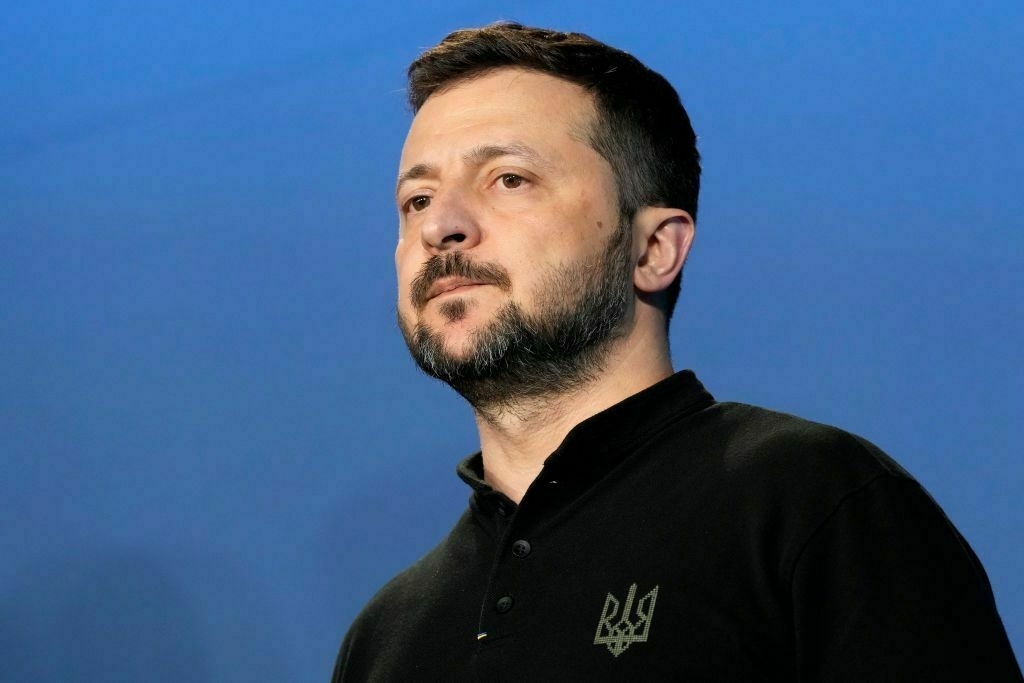
-
Ukraine hopes for Trump-Zelensky meeting in Canada during G7
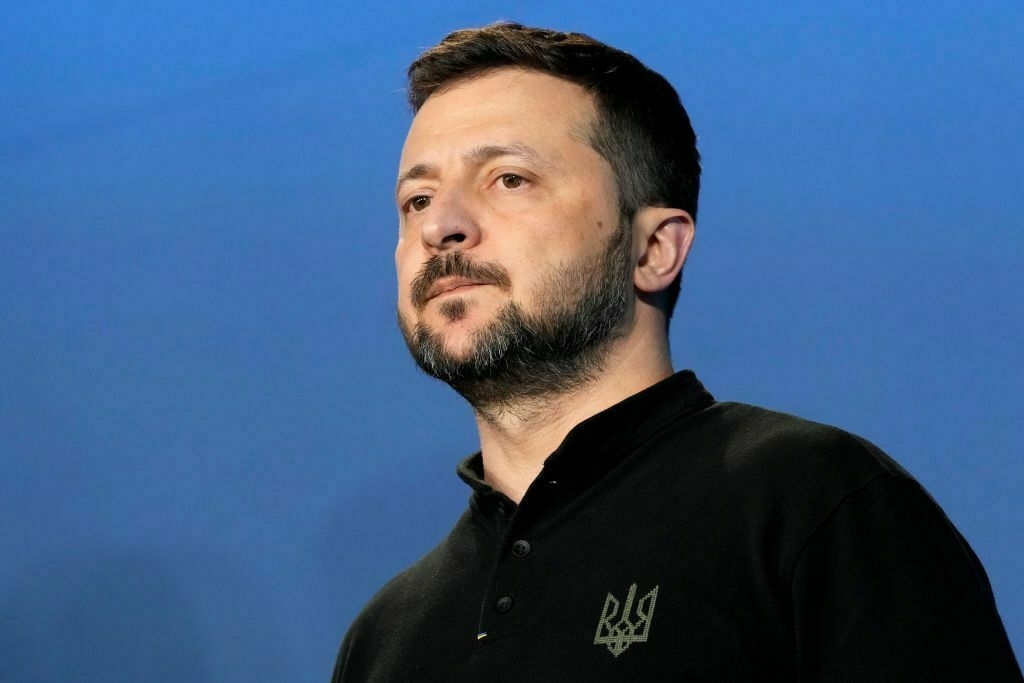
President Volodymyr Zelensky intends to hold a meeting with U.S. President Donald Trump during the Group of Seven (G7) summit in Canada, Head of the Presidential Office Andriy Yermak said on air on June 6.
The summit is scheduled to take place from June 15 to 17 in Kananaskis, Alberta.
Yermak said the Ukrainian delegation’s recent trip to Washington was aimed in part at arranging the high-level meeting between Zelensky and Trump.
The Ukrainian delegation, led by First Deputy Prime Minister and Minister of Economy Yulia Svyrydenko, arrived in the U.S. on the morning of June 3. The delegation included senior officials from the Defense Ministry and the Presidential Office.
The trip followed Zelensky’s statement on June 2 that Ukraine is seeking defense agreements and a free trade deal with the United States. “I discussed this with President (Donald) Trump… We want to buy (weapons.) This is what the agreement is about – no gifts,” Zelensky said.
During their visit, the Ukrainian officials were expected to engage with American counterparts on a wide range of critical issues, including ongoing negotiations in Istanbul, sanctions policy against Russia, and continued support for Ukraine amid Russia’s full-scale war.
Following the latest round of peace talks between Ukraine and Russia on June 2, Turkish President Recep Tayyip Erdogan suggested that Turkey plans to facilitate a meeting between the leaders of Russia and Ukraine in either Ankara or Istanbul. Speaking to reporters on the same day, Zelensky expressed readiness to take part in such talks.
“I had a conversation with President Erdoğan of Turkey. And indeed, he sent a signal, asking how I would feel about a meeting of four leaders: himself, the President of the United States, Putin, and me. I told him that I support a meeting at the level of leaders, because I have the impression that there will be no ceasefire without our meeting,” Zelensky said during an online press conference attended by the Kyiv Independent.
‘Find and destroy’ – how Ukraine’s own Peaky Blinders mastered the art of bomber dronesEditor’s note: In accordance with the security protocols of the Ukrainian military, soldiers featured in this story are identified by first names and callsigns only. DONETSK OBLAST – From the moment the vehicles duck into pre-prepared positions in the leafy treeline to the first dead Russian soldiers, less than twentyThe Kyiv IndependentFrancis Farrell
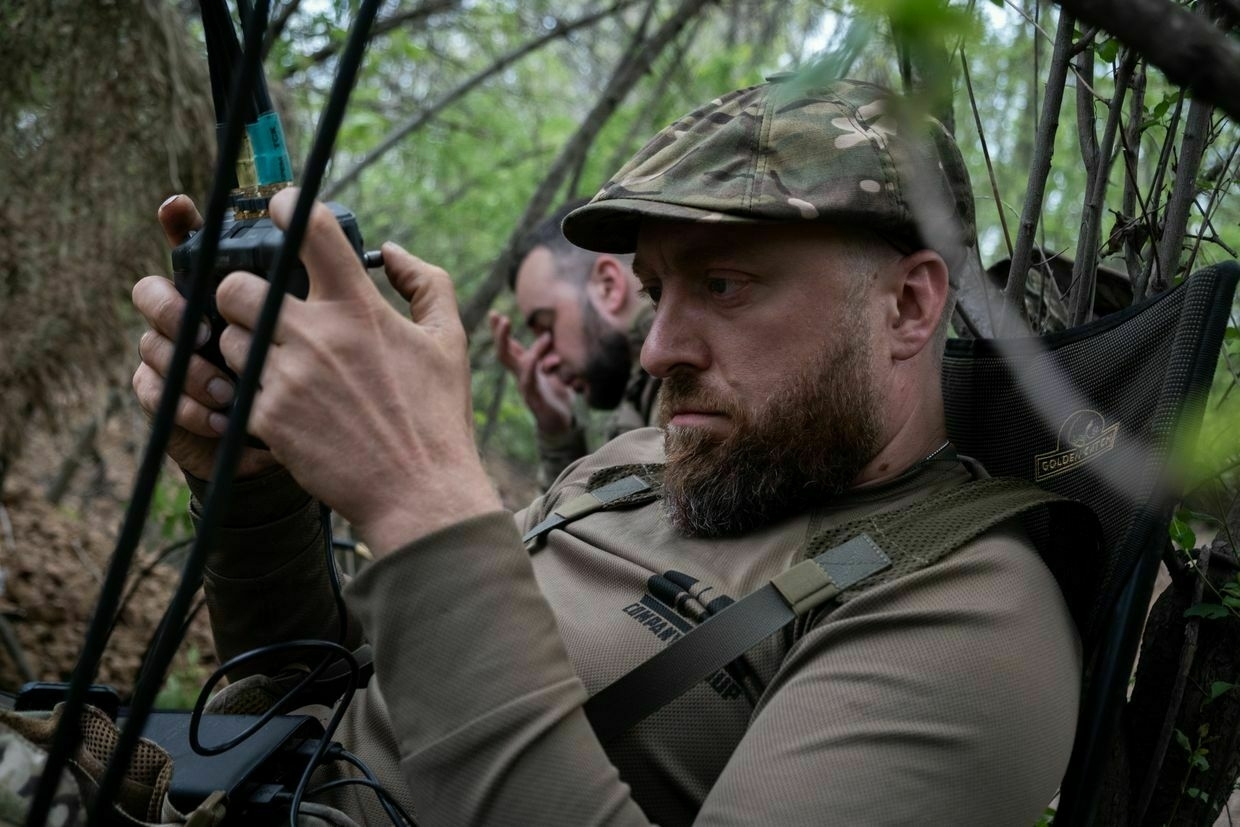
-
PUTIN, ZELENYSKYY and TRUMP meet in Turkey: Is there a CHANCE for real PEACE?
-
Trump reluctant to confront China over support for Russia's war against Ukraine, Bloomberg reports
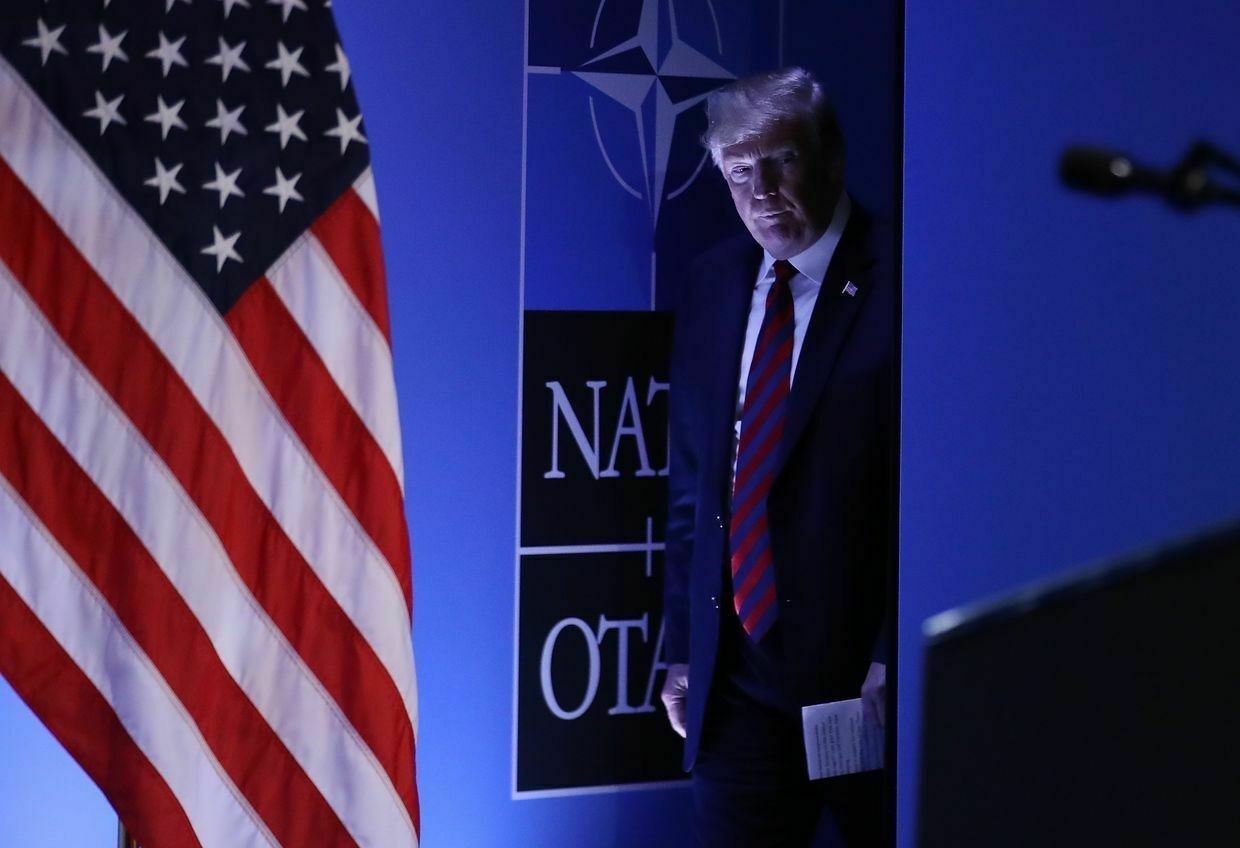
U.S. President Donald Trump is pulling back from pressuring China over its support for Russia’s war effort, instead prioritizing other aspects of the U.S.-China relationship, U.S. and European officials familiar with internal discussions told Bloomberg.
These officials, speaking anonymously, said that the administration has lowered the issue of Russia’s war against Ukraine on its list of foreign policy priorities and is focusing on bilateral issues with Beijing, though they noted Trump could still shift course.
The change in approach marks a departure from the long-held stance of the U.S. and its G7 partners, who have consistently called out China as a key enabler of Russia’s war in Ukraine.
In March, G7 foreign ministers condemned Beijing’s support for Moscow and urged it to use its influence over Russian President Vladimir Putin to help end the war. However, Trump said that “nothing was discussed concerning Russia/Ukraine” during his recent call with Chinese President Xi Jinping.
Officials suggest this pivot reflects Trump’s desire to break with the foreign policy priorities of former President Joe Biden, who viewed relations with other governments largely through the lens of Russia’s invasion of Ukraine. Instead, Trump’s team is prioritizing issues like tariffs, technology restrictions, and rare earths. One official noted that Trump is reluctant to directly criticize China’s role in aiding Russia while he continues talks with Putin aimed at brokering a ceasefire.
At the same time, Trump ally Senator Lindsey Graham is pushing for new sanctions against Russia, including measures targeting Chinese and Indian purchases of discounted Russian oil. Graham’s bill has gained over 80 co-sponsors in the Senate, signaling strong bipartisan support. U.S. officials have also expressed frustration at European countries that continue buying Russian energy while criticizing Beijing’s exports to Moscow—exports that include dual-use components and sanctioned technologies used in weapons production.
Despite Trump’s current stance, the European Union has maintained public pressure on China, both through diplomatic channels and public statements. EU foreign policy chief Kaja Kallas recently accused Beijing of fueling Russia’s war through dual-use exports.
Moscow has continued to receive critical components from China, including drone parts, even as Beijing has restricted similar exports to Ukraine and the West. While the Biden administration and EU have sanctioned several Chinese firms involved in aiding Russia’s military production, Trump has yet to impose any new penalties.
‘Find and destroy’ – how Ukraine’s own Peaky Blinders mastered the art of bomber dronesEditor’s note: In accordance with the security protocols of the Ukrainian military, soldiers featured in this story are identified by first names and callsigns only. DONETSK OBLAST – From the moment the vehicles duck into pre-prepared positions in the leafy treeline to the first dead Russian soldiers, less than twentyThe Kyiv IndependentFrancis Farrell
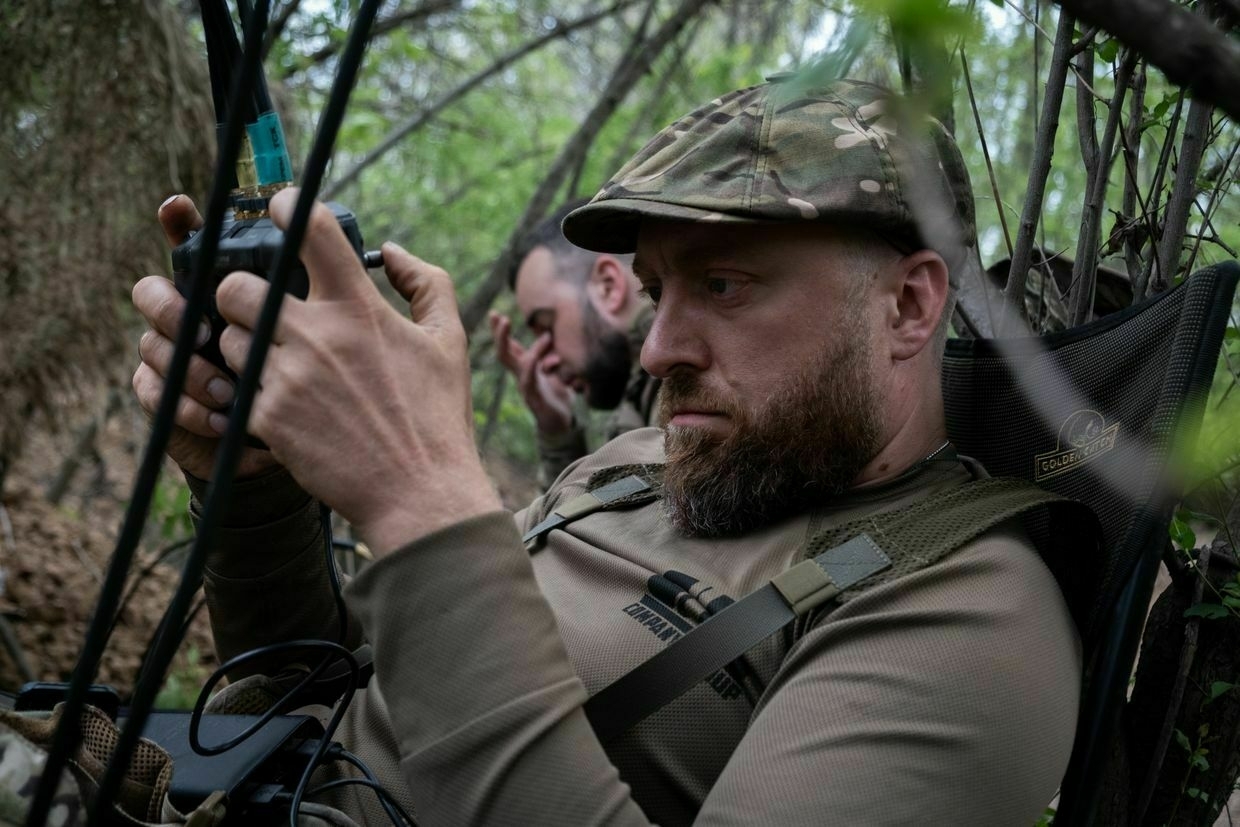
-
Ukraine war latest: Russia hits Ukraine with large-scale attack days after Operation Spiderweb; Ukraine targets Russian air bases in 'preemptive strike'
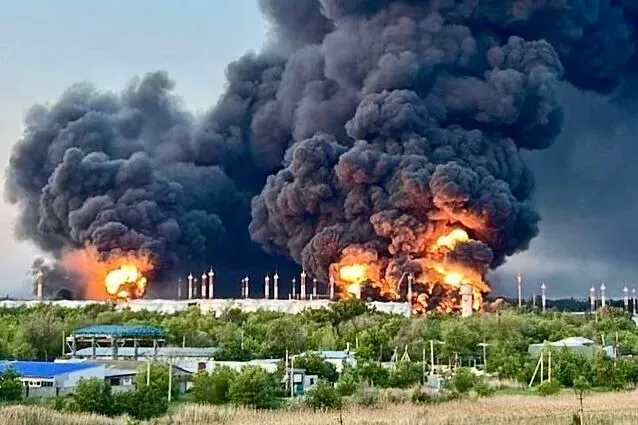
Key developments on June 6:
- Russia hits Ukraine with large-scale attack days after Operation Spiderweb
- Ukraine strikes Russian air bases in ‘preemptive strike’ ahead of drone, missile attack, General Staff says
- Ukrainian drone attack destroys helicopter at Russian airfield in Bryansk, media says
- Russia plans to occupy Ukraine east of Dnipro, cut Black Sea access, Ukrainian official says
Russia launched a mass missile and drone attack against Ukraine overnight on June 6, targeting the capital, major cities, and the country’s far-western regions.
A total of 80 people were injured and four people killed, including first responders, President Volodymyr Zelensky said.
“A cynical Russian strike on ordinary cities. More than 400 drones, more than 40 missiles. … We need to put pressure on Russia to (accept a ceasefire) and to stop the strikes,” he said.
The attack comes a day after Russian President Vladimir Putin promised to retaliate against Ukraine for its drone strike against Russian air bases in a phone call with U.S. President Donald Trump.
Ukraine’s Air Force reported that Russia launched 452 drones overnight, including Iranian-designed Shahed-type suicide drones, along with 45 missiles of various types.
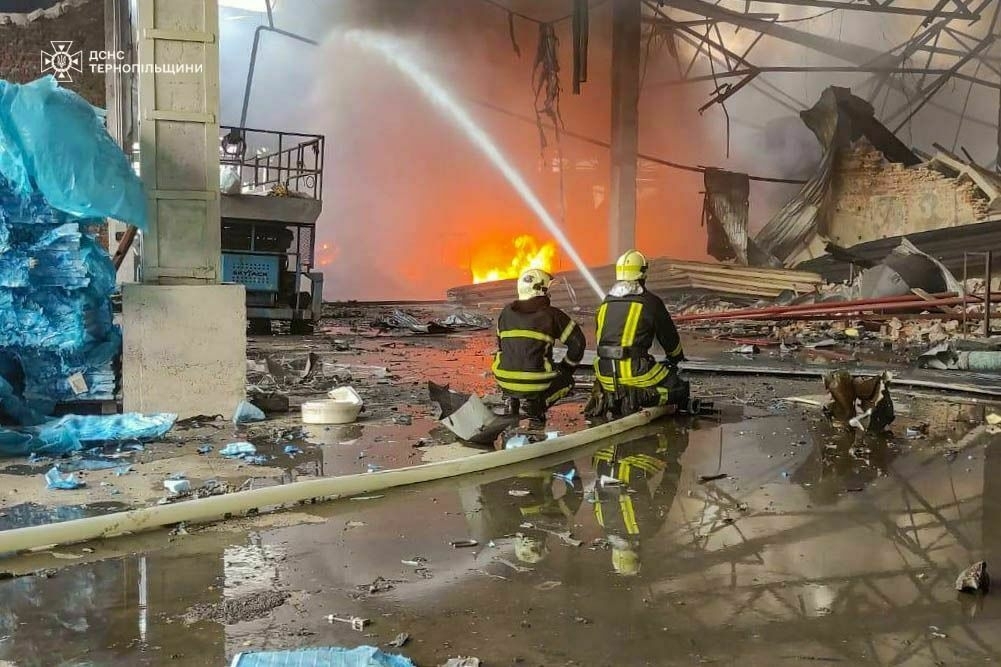
Firefighters extinguish a blaze in the aftermath of a Russian aerial assault against the city of Ternopil in western Ukraine on June 6, 2025. (Ukraine’s State Emergency Service) Air defenses intercepted 199 drones, while another 169 dropped off radars — likely used as decoys to overwhelm Ukrainian systems. Ukrainian forces also intercepted 36 missiles, including the Iskander-M ballistic missile.
“Russia doesn’t change its stripes — another massive strike on cities and ordinary life. They targeted almost all of Ukraine — Volyn, Lviv, Ternopil, Kyiv, Sumy, Poltava, Khmelnytskyi, Cherkasy, and Chernihiv regions,” Zelensky said the morning after the attacks.
“Russia must be held accountable for this. Since the first minute of this war, they have been striking cities and villages to destroy life."
The Russian Defense Ministry claimed on the morning of June 6 that the overnight attack was a “response” to Operation Spiderweb and alleged that the “goal of the strike was achieved” and the “designated objects were hit."
But Moscow needs no excuse to bombard Ukraine with drones and missiles, as the mass strikes Russia launched against Ukrainian cities in the days before Spiderweb prove. For three consecutive nights in the last week of May, Russia targeted Ukraine with some of the heaviest aerial attacks since the start of the full-scale war.
Aerial strikes against civilian targets have been a regular feature of Russia’s all-out war since February 2022.
Ukraine strikes Russian air bases in ‘preemptive strike’ ahead of drone, missile attack, General Staff saysUkrainian forces struck multiple Russian airfields and military facilities overnight on June 6, hours before Russia launched one of its heaviest aerial assaults of the war, the General Staff of Ukraine’s Armed Forces reported.
Ukrainian strikes reportedly targeted Engels and Dyagilevo airfields — two key hubs for Russia’s long-range bomber fleet, as well as logistics sites in Russia’s Kursk Oblast.
Hours after the strikes, Russia attacked Ukraine with 452 drones and 45 missiles in one of the largest attacks of the full-scale war.
Engels-2 air base, located in Saratov Oblast, nearly 600 kilometers (370 miles) from Ukraine’s front lines, hosts Russia’s Tu-95, Tu-22M3, and Tu-160 bombers — aircraft regularly used in missile attacks on Ukrainian cities.
Ukraine’s General Staff said a strike ignited large fires at the facility, hitting at least three fuel tanks. Footage and local reports confirmed a significant blaze and numerous explosions in the area.
Saratov Governor Roman Busargin acknowledged a fire at an unspecified “industrial enterprise” and damage from drones to a residential building. No casualties were reported.
The Dyagilevo airfield in Ryazan Oblast, home to air refueling tankers and bomber escort fighters, was also targeted. The General Staff reported fire damage in the area, with Russian air defense activity and explosions recorded. Results of the strike are still being assessed.
Ukraine also claims to have struck a logistics center tied to the 30th Motorized Rifle Regiment of Russia’s 72nd Division near Kulbaki in Kursk Oblast.
Russia’s Defense Ministry claimed that 174 Ukrainian drones were intercepted overnight across 12 regions of Russia and occupied Crimea.
“Strikes on military infrastructure will continue until the Russian Federation’s armed aggression against Ukraine is completely stopped,” Ukraine’s General Staff said.
The latest wave of Ukrainian strikes underscores Kyiv’s evolving long-range strike capability, as well as its efforts to preemptively degrade Russian assets used in air assaults.
‘Find and destroy’ – how Ukraine’s own Peaky Blinders mastered the art of bomber dronesEditor’s note: In accordance with the security protocols of the Ukrainian military, soldiers featured in this story are identified by first names and callsigns only. DONETSK OBLAST – From the moment the vehicles duck into pre-prepared positions in the leafy treeline to the first dead Russian soldiers, less than twentyThe Kyiv IndependentFrancis Farrell
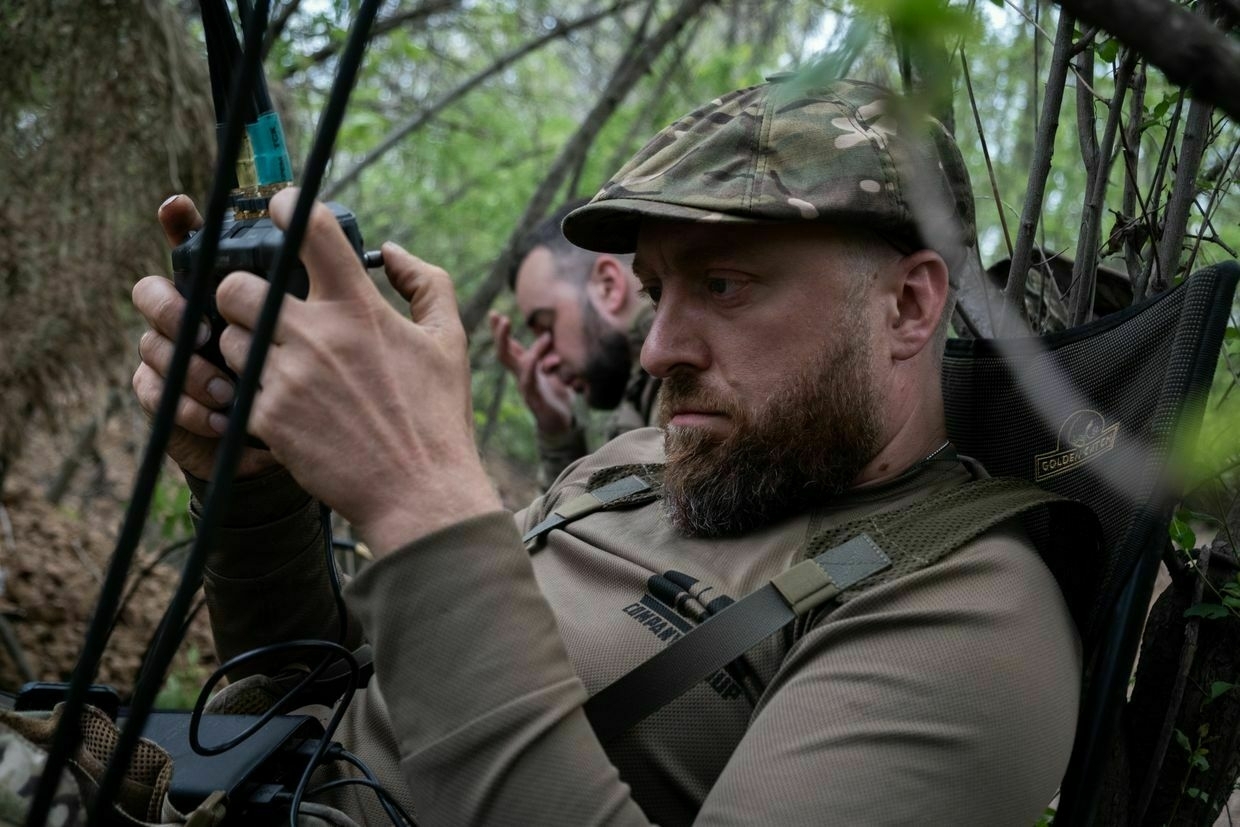
Ukrainian drone attack destroys helicopter at Russian airfield in Bryansk, media saysUkrainian drones struck Bryansk International Airport in Russia overnight on June 6, destroying one combat helicopter and damaging another, according to Russian emergency officials cited by independent media outlet Astra.
The attack was part of a broader Ukrainian operation targeting multiple Russian airfields and military facilities the same evening.
According to Astra’s sources within Russia’s Emergency Situations Ministry, the attack destroyed a Mi-8 helicopter after its onboard munitions detonated. A second aircraft, a Mi-35 helicopter gunship, was also damaged, though the extent of the damage remains unclear.
Mi-8 helicopter destroyed, Mi-35 damaged in overnight attack on Bryansk airport — ASTRA sources
— ASTRA (@ASTRA_PRESS) June 6, 2025
Ukrainian drones attacked Bryansk International Airport in the village of Oktyabrskoye overnight on June 5–6, according to ASTRA sources. Nighttime footage from the scene captured… pic.twitter.com/KULDBKXdjCThe strike reportedly caused additional destruction to airport infrastructure and rescue facilities, but no casualties were reported. Sources within Ukraine's special services confirmed to Astra that Bryansk airport was among the intended targets of the attack.
The Kyiv Independent could not verify the claims.
The Mi-8 is a multipurpose utility aircraft used for troop transport, reconnaissance, and close air support. The Mi-35 is a heavily armed assault helicopter derived from the Soviet-era Mi-24, with dual capability for offensive operations and personnel transport.
Both aircraft types are actively used by Russia in its war against Ukraine.
Russia’s Engels oil refinery ablaze after reported drone attack in Saratov OblastGovernor Roman Busargin claimed that a fire broke out at an unspecified “industrial enterprise” in Engels, as locals shared footage of an oil depot in flames. The Kristal Plant refinery supplies fuel to the Engels-2 military airfield.The Kyiv IndependentAbbey Fenbert
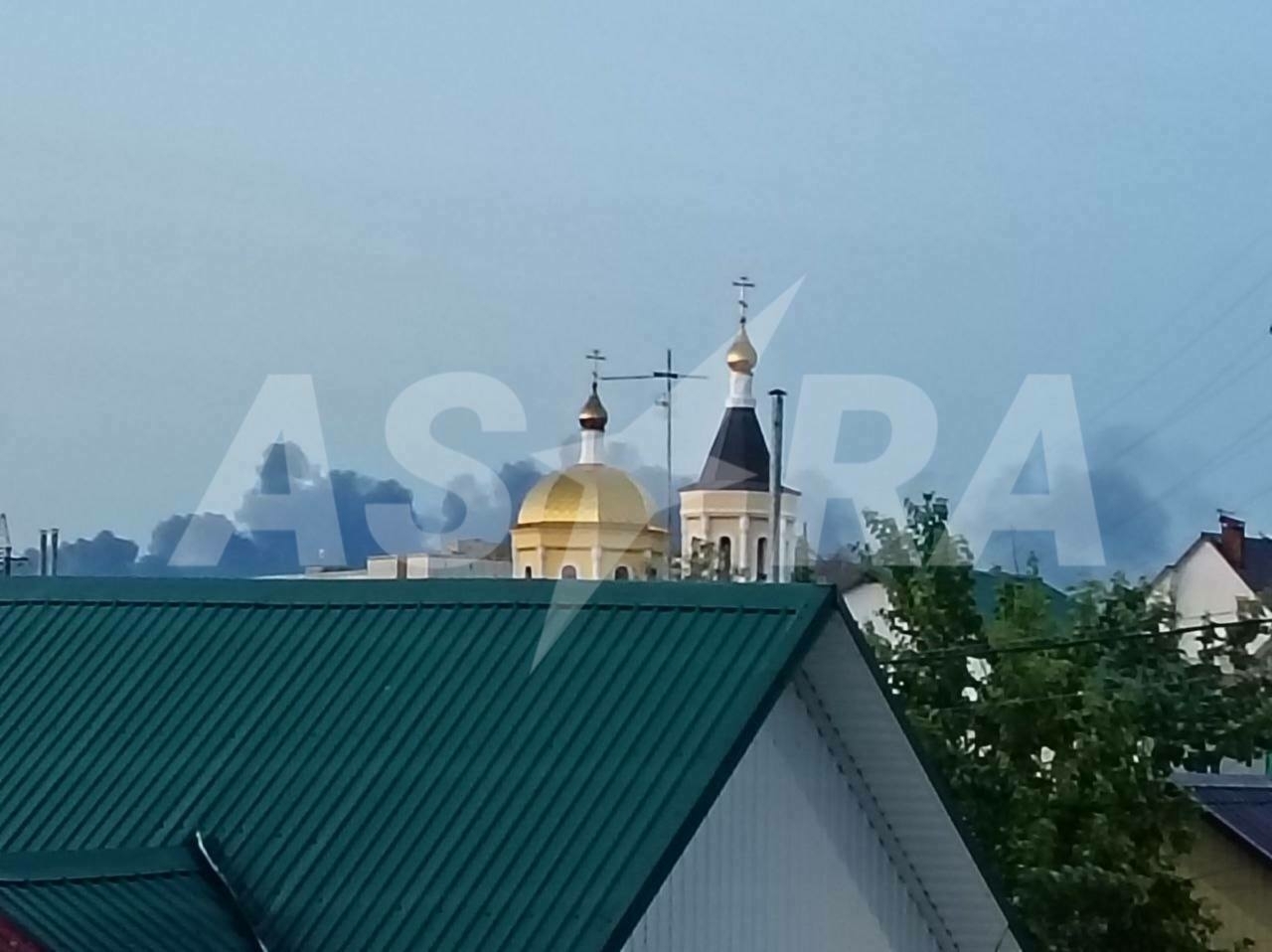
Russia plans to occupy Ukraine east of Dnipro, cut Black Sea access, Ukrainian official saysRussia aims to occupy all Ukrainian territory east of the Dnipro River and advance toward Odesa and Mykolaiv in a broader plan to sever Ukraine's access to the Black Sea, President Volodymyr Zelensky's Deputy Chief of Staff Pavlo Palisa said, Politico reported on June 6.
The remarks come amid continuing Russian offensives in eastern and northern Ukraine, along with escalating diplomatic efforts that have yet to yield a ceasefire.
According to Ukraine's military intelligence agency (HUR), Moscow hopes to seize the entirety of Donetsk and Luhansk oblasts by this fall and establish a buffer zone along Ukraine's northern border with Russia.
The second phase of the plan envisions more ambitious territorial gains, including an advance into southern Ukraine aimed at cutting the country off from the sea.
"Unfortunately, they are not speaking about peace. They are preparing for war," Palisa said during a press briefing at the Ukrainian Embassy in Washington.
Trump quietly pressuring Senate to weaken Russia sanctions, WSJ reportsThe White House reportedly asked Sen. Graham to insert waivers into the bill allowing Trump to choose which entities get sanctioned and changing the word “shall” to “may.”The Kyiv IndependentAbbey Fenbert
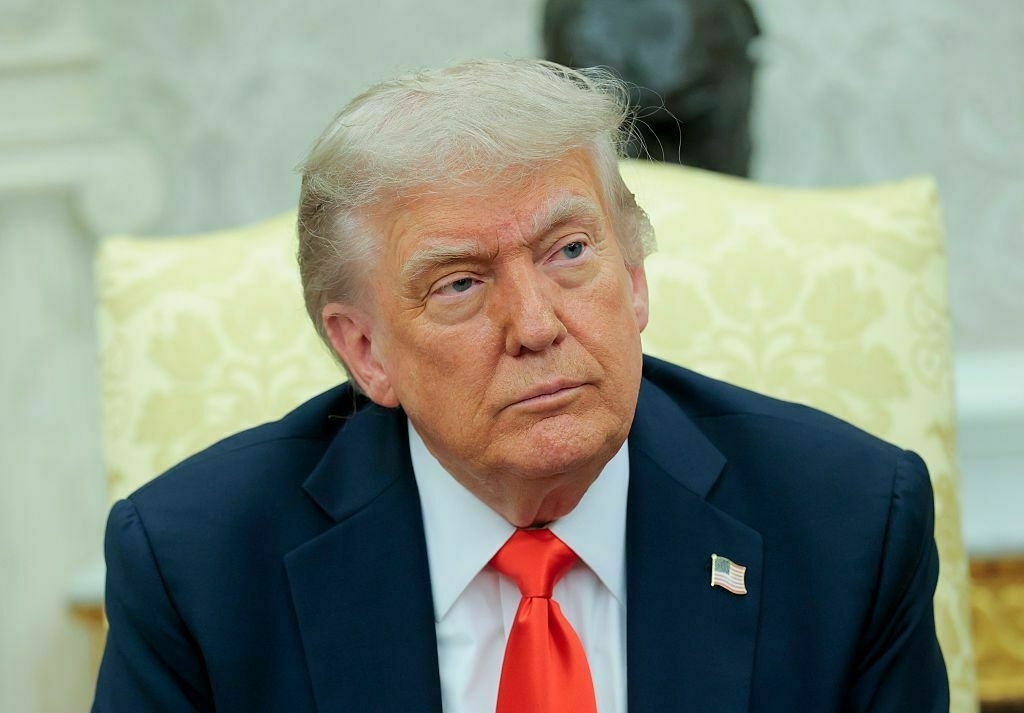
The warning comes days after Russia presented Ukraine with a so-called "peace memorandum" during a second round of negotiations in Istanbul on June 2.
The document, published by Russian state media outlet TASS, demands that Kyiv recognize Russia's claimed annexation of four Ukrainian oblasts — Kherson, Donetsk, Zaporizhzhia, and Luhansk — and fully withdraw from them.
Moscow also calls for Ukraine's demobilization and a formal ban on NATO membership.
During the talks, Ukraine's delegation submitted a separate proposal calling for an all-for-all prisoner exchange, the return of abducted Ukrainian children, and the release of civilians held in Russian captivity.
Kyiv also reiterated its call for a Western-backed 30-day ceasefire as a foundation for future negotiations — a proposal Moscow again rejected.
Ukraine's military leadership has warned that Russian forces are preparing for a major summer offensive in Donetsk Oblast, where daily assaults have continued since 2022.
Despite suffering heavy losses, Russian troops are advancing through mass wave attacks that gain only tens of meters per day. According to the U.S.-based Center for Strategic and International Studies (CSIS), Moscow currently occupies roughly 20% of Ukraine.
EU tariffs on Ukrainian goods return after 3 years of war, complicating Kyiv’s path to European integrationThe European Union is set to reinstate tariffs on Ukrainian agricultural exports on June 6. This is the first time since Russia’s full-scale invasion that the EU will not renew an agreement suspending trade barriers between Ukraine and Europe. The end of tariff-free trade comes amid mounting opposition to UkrainianThe Kyiv IndependentLuca Léry Moffat
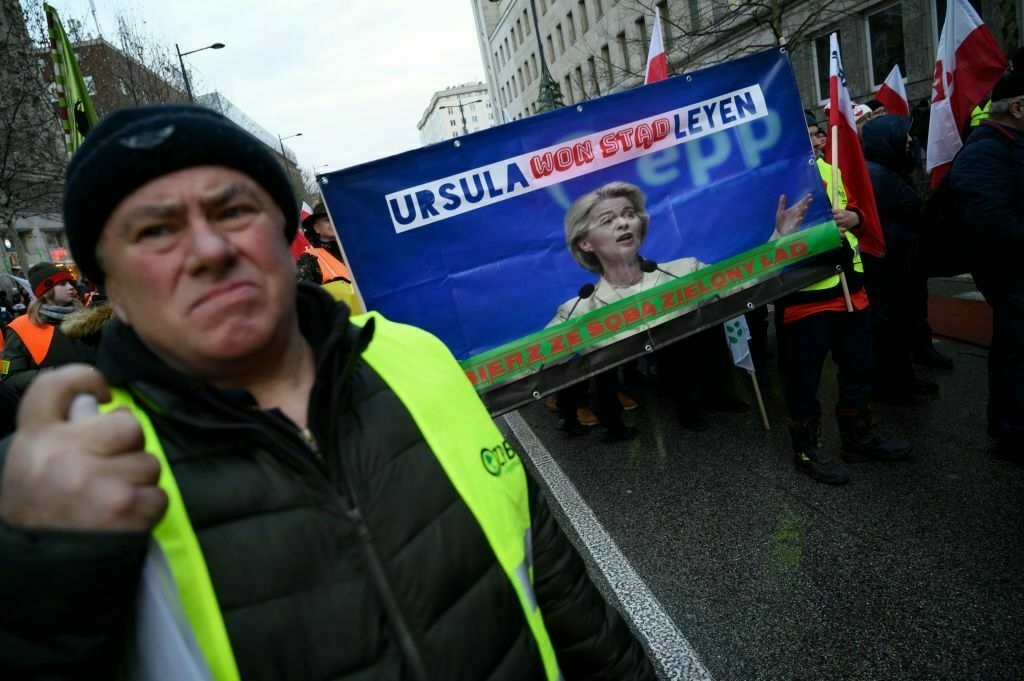
Note from the author:
Ukraine War Latest is put together by the Kyiv Independent news desk team, who keep you informed 24 hours a day, seven days a week. If you value our work and want to ensure we have the resources to continue, join the Kyiv Independent community.
-
Trump quietly pressuring Senate to weaken Russia sanctions, WSJ reports
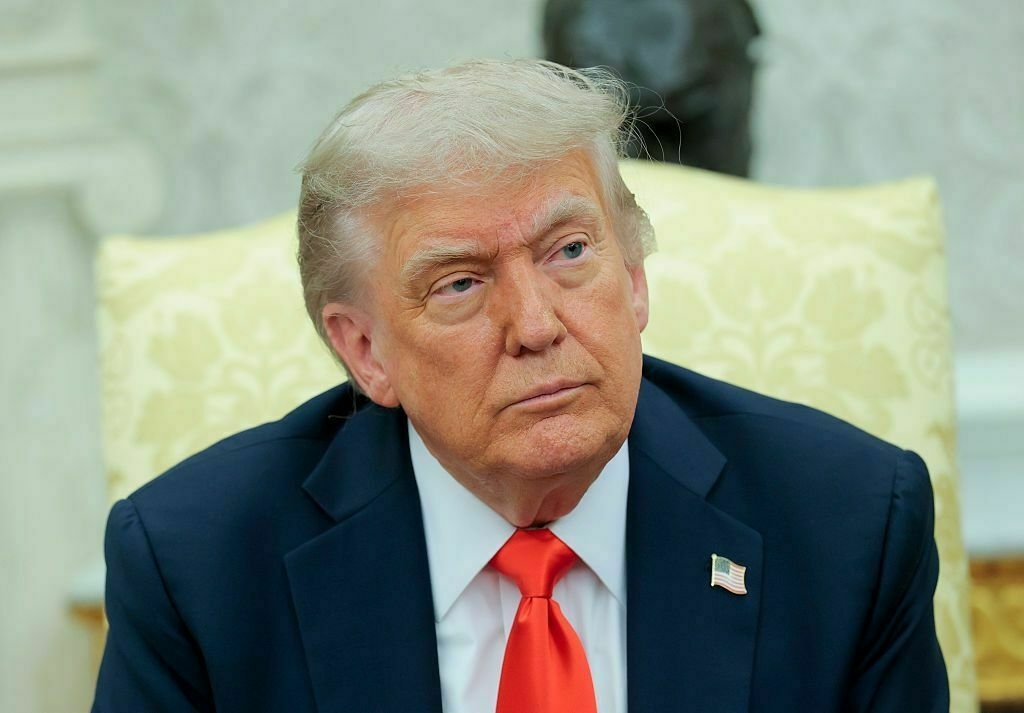
The White House is urging Republican Senator Lindsey Graham to soften his sanctions bill against Russia, the Wall Street Journal (WSJ) reported on June 6, citing congressional staffers.
The bipartisan sanctions bill, introduced on April 1 by Graham and Senate Democrat Richard Blumenthal, seeks to impose a 500% tariff on imports from countries that continue purchasing Russian oil and raw materials.
In recent weeks, Trump administration officials have contacted Graham’s office with requests to water down the legislation, congressional aides told the WSJ.
The White House reportedly asked Graham to insert waivers into the bill allowing Trump to choose which entities get sanctioned and changing the word “shall” to “may.” Removing the mandatory language from the text would essentially defang the bill, staffers said.
Blumenthal confirmed that negotiations with Trump officials were taking place behind the scene but did not comment on the substance of the talks.
“We’re moving ahead and the White House is included in our conversations,” he told the WSJ.
‘Find and destroy’ – how Ukraine’s own Peaky Blinders mastered the art of bomber dronesEditor’s note: In accordance with the security protocols of the Ukrainian military, soldiers featured in this story are identified by first names and callsigns only. DONETSK OBLAST – From the moment the vehicles duck into pre-prepared positions in the leafy treeline to the first dead Russian soldiers, less than twentyThe Kyiv IndependentFrancis Farrell
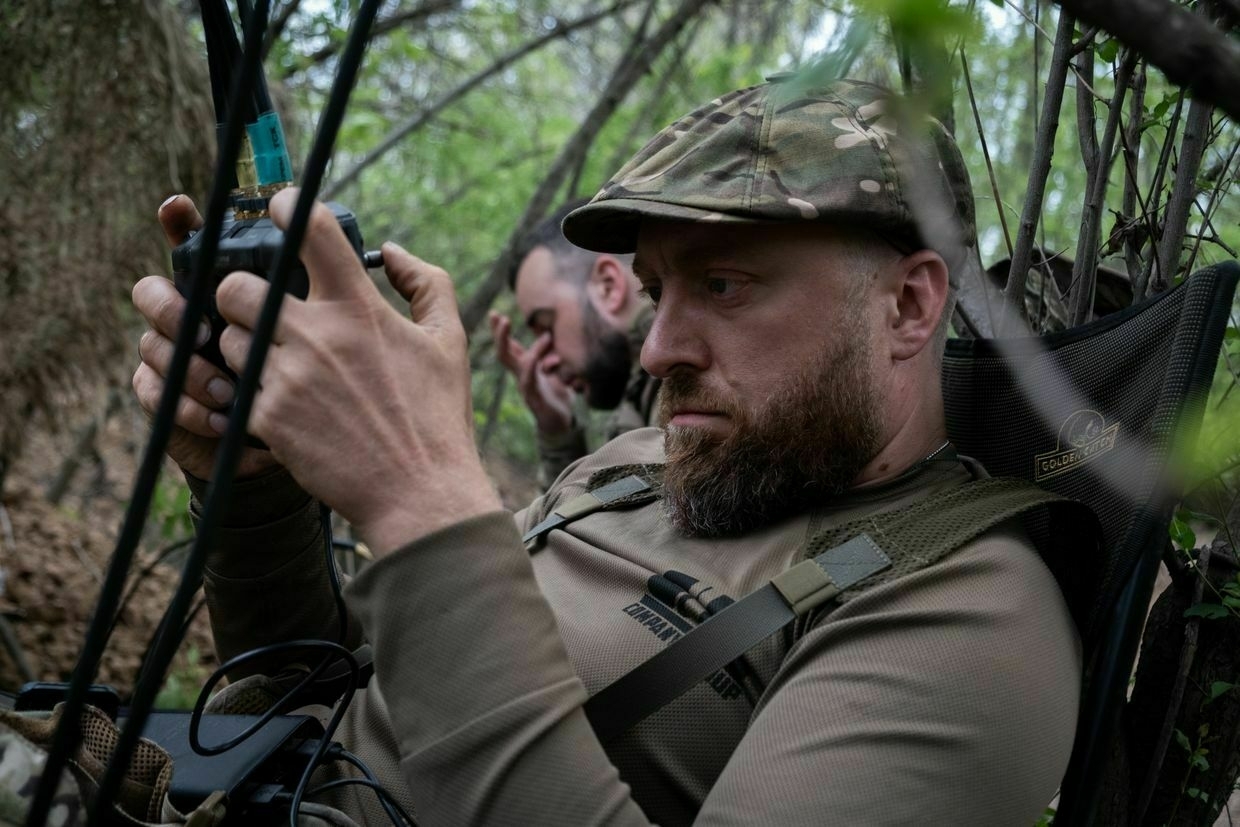
Earlier, Republican Senator Roger Wicker on June 4 said that Trump had asked the Senate to postpone voting on the bill, which had been scheduled to come to the floor this week.
In a joint press conference alongside German Chancellor Friedrich Merz on June 5, Trump said lawmakers were waiting for his approval before advancing the sanctions bill.
“They’ll be guided by me. That’s how it’s supposed to be,” Trump said. “They’re waiting for me to decide on what to do."
In the same briefing, Trump said that he had a deadline in mind for when he would enforce new sanctions on Russia but did not give specifics, saying only that sanctions would be imposed when it became clear that peace talks were not moving forward. He also said that sanctions could apply to both Russia and Ukraine.
“It takes two to tango,” he said.
During the June 5 press conference, Trump compared Ukraine and Russia — which launched an unprovoked full-scale invasion against Ukraine in February 2022 and partially occupies four Ukrainian regions in addition to the illegally annexed Crimean peninsula — to children fighting on a playground.
“Sometimes you’re better off letting them fight for a while and then pulling them apart,” he said.
Trump has repeatedly threatened to impose sanctions on Russia if he does not see progress in peace negotiations between Kyiv and Moscow.
He has never followed through on any of these threats.
UPDATE: Russia hits Ukraine with large-scale attack days after Operation SpiderwebThe attack killed three first responders in Kyiv and injured civilians across the country, including cities far from the front lines in western Ukraine.The Kyiv IndependentOlena Goncharova
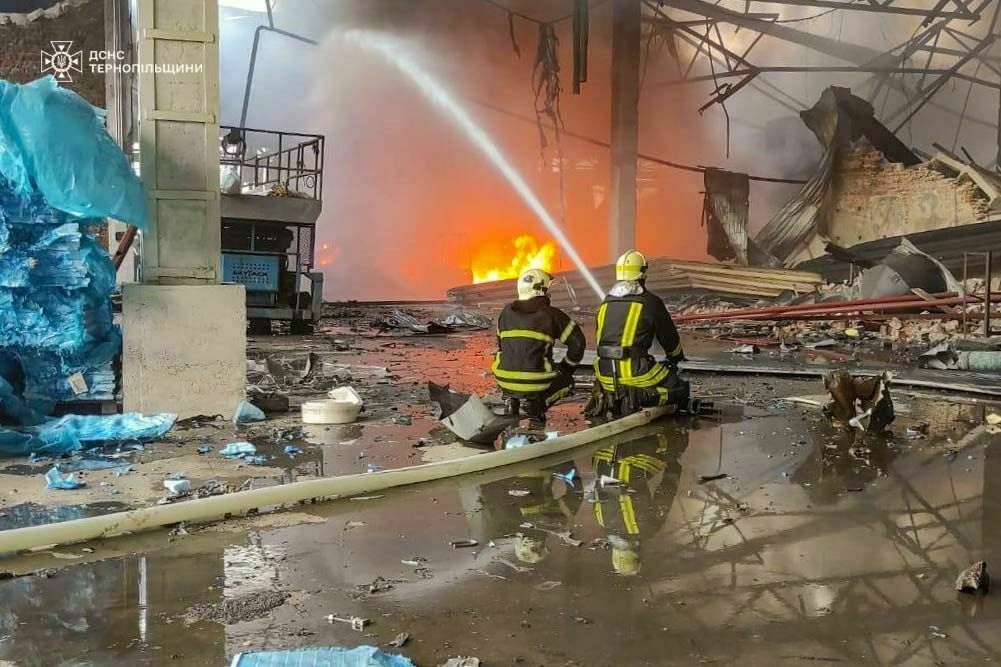
-
Trump offers Germany US gas deals, but no promises on Ukraine aid or Russia sanctions
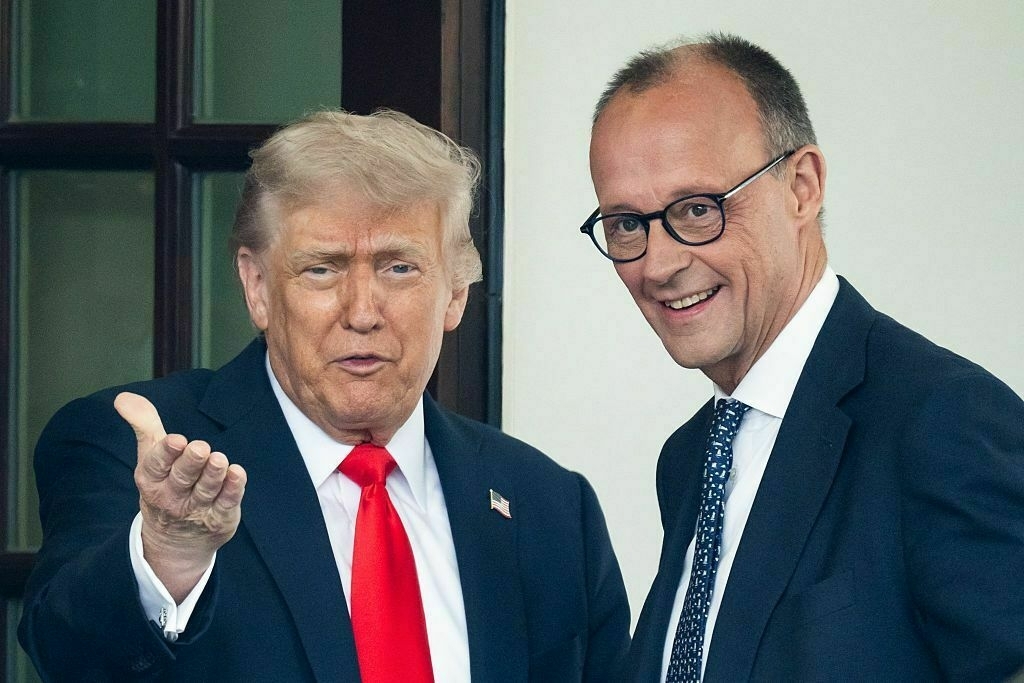
U.S. President Donald Trump offered to increase supplies of American energy exports to Berlin but did not pledge additional military support to Ukraine or sanctions on Russia in a meeting with German Chancellor Friedrich Merz on June 5.
The meeting was Merz’s first visit to the White House since becoming chancellor.
When asked whether Trump would impose additional sanctions on Russia, the president dodged the question by boasting that he “ended Nord Stream 2” and hinting at future energy deals with Germany.
“We have so much oil and gas, you will not be able to buy it all. … I hope we’ll be able to make that part of our trade deal,” Trump said during a joint press conference with Merz.
While Merz spoke of a “duty” to assist Ukraine in its fight against Russian aggression, Trump did not make any commitments to further military aid for Kyiv. In the same press conference, he compared Russia and Ukraine to fighting children and refused to name a deadline for imposing sanctions on Moscow.
Merz nonetheless praised Trump’s role as a peacemaker between the two nations.
“I told the president before we came in: He is the key person in the world who can really (end the war) by putting pressure on Russia."
‘Sometimes you’re better off letting them fight,’ Trump says on Russia-Ukraine warPresident Donald Trump likened the war between Russia and Ukraine to a fight between two children in a park, suggesting it might be better to let them clash for a while before stepping in, given the depth of animosity between them.The Kyiv IndependentOlena Goncharova
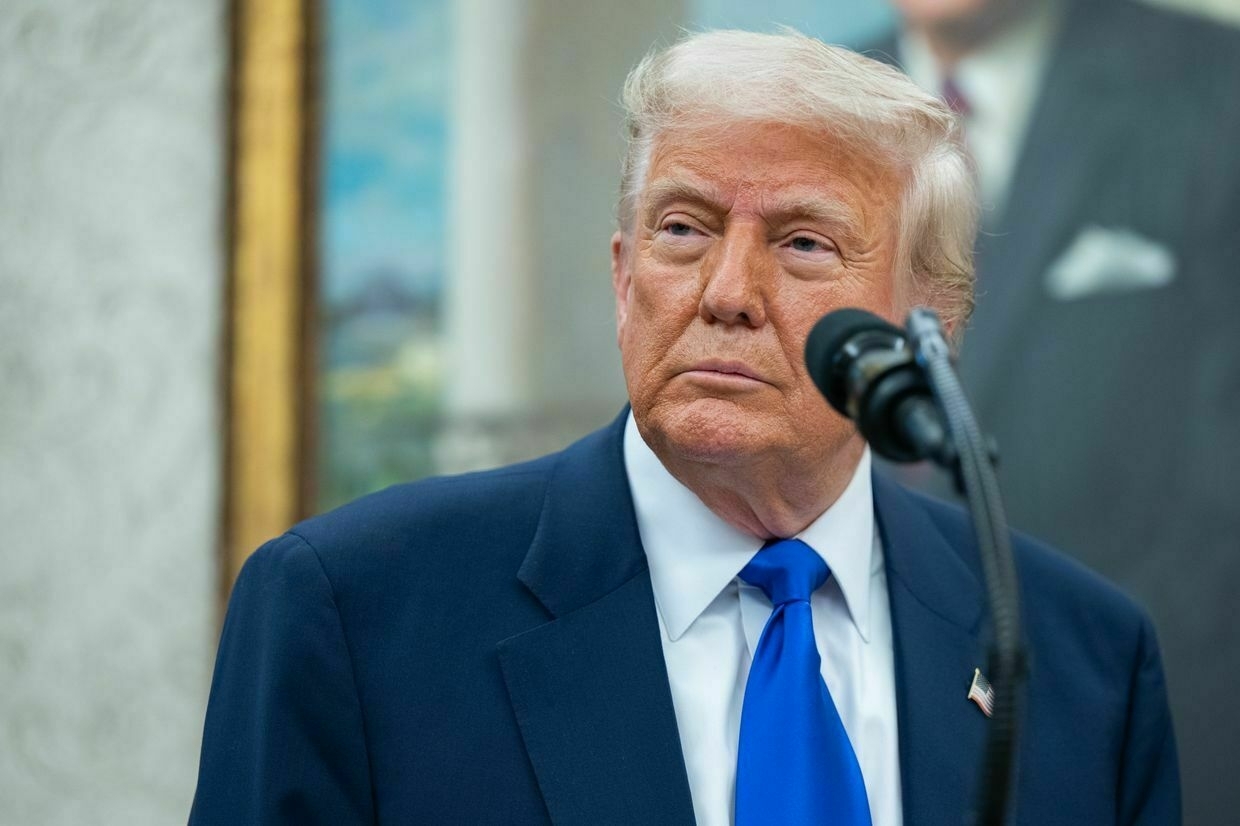
Trump has frequently brought up Europe’s reliance on Russian energy when questioned about Washington’s role in pressuring the Kremlin or supporting Ukraine.
Nord Stream 1 and 2 are gas pipelines running between Russia and Germany under the Baltic Sea. Nord Stream 2 has never been activated, and the pipes shut down after suspected sabotage in 2022.
Russian Foreign Minister Sergey Lavrov claimed in March that discussions were underway with the U.S. to resume gas flows through the pipelines. Trump has pursued warmer relations and stronger economic ties with Moscow since his inauguration in January 2025.
Merz said on May 28 that the German government will “do everything to ensure that Nord Stream 2 cannot be put back into operation,” German Chancellor Friedrich Merz said on May 28.
The leaders' discussion on June 6 focused primarily on Russia’s war against Ukraine, NATO, and trade policy, Merz said in Berlin the day after the meeting. Merz insisted that Trump remains committed to NATO, despite the U.S. president’s history of disparaging the alliance.
EU tariffs on Ukrainian goods return after 3 years of war, complicating Kyiv’s path to European integrationThe European Union is set to reinstate tariffs on Ukrainian agricultural exports on June 6. This is the first time since Russia’s full-scale invasion that the EU will not renew an agreement suspending trade barriers between Ukraine and Europe. The end of tariff-free trade comes amid mounting opposition to UkrainianThe Kyiv IndependentLuca Léry Moffat
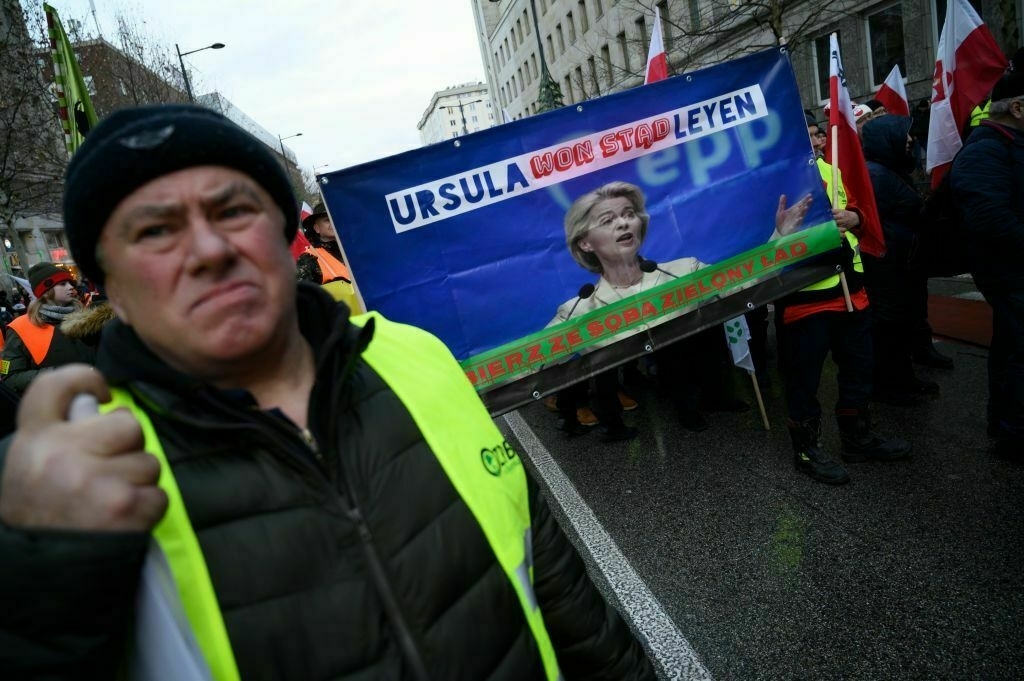
-
Moscow ready to grant Musk asylum if necessary amid rift with Trump, Russian official says
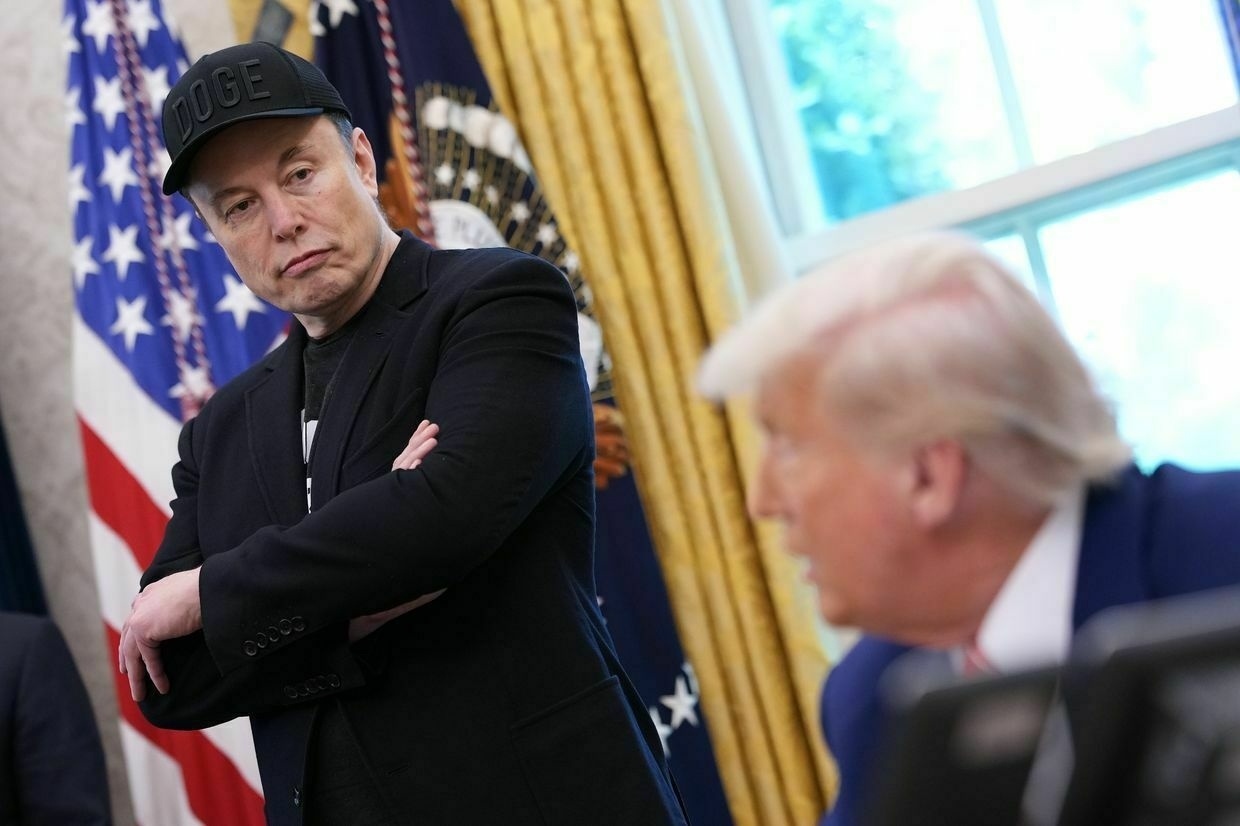
Russia is prepared to offer political asylum to tech billionaire Elon Musk following his public feud with U.S. President Donald Trump, Dmitry Novikov, deputy chair of the State Duma Committee on International Affairs, said June 6.
“I think Musk is playing a completely different game, that he won’t need political asylum, although if he did, Russia could certainly provide it,” Novikov told the state-run news agency TASS.
The remarks came days after Musk’s 130-day stint as head of a temporary federal commission ended on May 30, and amid deepening tensions between the Tesla CEO and Trump.
The feud began when Musk publicly criticized the administration’s “Big Beautiful Bill,” a sweeping tax proposal that economists warn could expand the U.S. deficit by $600 billion.
Trump responded by personally attacking Musk during his meeting with German Chancellor Friedrich Merz on June 5. In his Truth Social post, Trump said that Musk “just went crazy."
Musk replied on social media that Trump owed his electoral victory to him, claiming that without his influence, Democrats would have maintained control of the House.
Dmitry Medvedev, deputy chair of Russia’s Security Council and a frequent purveyor of anti-Western rhetoric, joked on X that Moscow would broker peace between “D and E” — referring to Trump and Musk — in exchange for Starlink shares.
“Don’t fight, guys,” Medvedev wrote.
Musk was a key figure in Trump’s campaign and early administration. As head of the government efficiency task force, he led efforts to dismantle the U.S. Agency for International Development (USAID), which has provided over $37 billion in aid to Ukraine.
Despite initially supporting Ukraine and providing Starlink satellite systems to bolster military communications, Musk has increasingly echoed Russian narratives.
The billionaire has falsely claimed that President Volodymyr Zelensky has little support in Ukraine and accused Kyiv of waging a “never-ending draft meat grinder."
He has also lobbied against U.S. military assistance to Ukraine, arguing it only prolongs the war — a line frequently used by Kremlin officials to discourage Western backing for Kyiv.
Musk’s comments have earned praise from Russian officials and propagandists, including state TV hosts and military bloggers who now view the billionaire as a sympathetic figure.
‘Loud night in Kyiv, Dad’ — US envoy’s daughter appeals to Kellogg during Russian attack“It might be the explosions and gunfire in the dead of night, but I get the strange feeling the Russians don’t want peace,” Meaghan Mobbs, daughter of U.S. Special Envoy for Ukraine Keith Kellogg, wrote on X.The Kyiv IndependentTim Zadorozhnyy
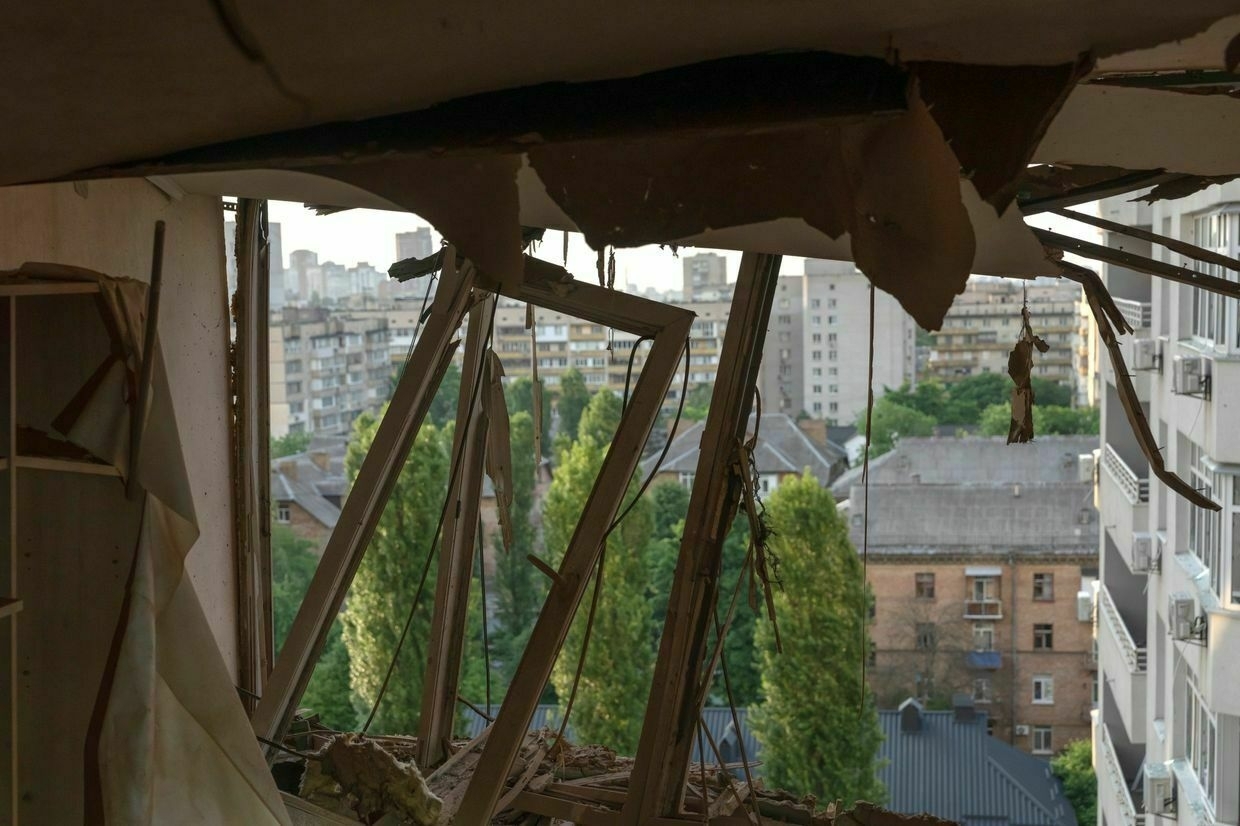
-
EU considers adding Russia to money-laundering 'gray list,' Financial Times reports
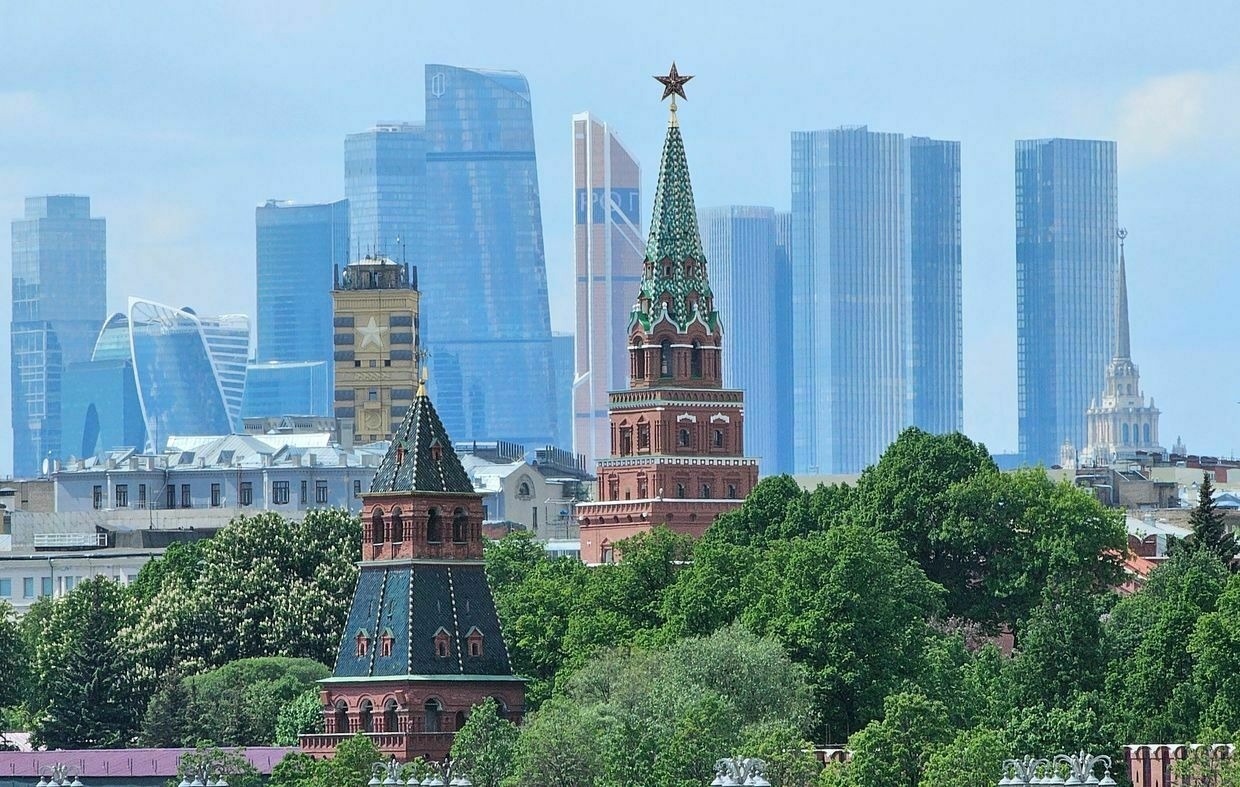
The European Union is considering placing Russia on its “gray list” of countries with inadequate controls against money laundering, the Financial Times reported June 6, citing officials from the European Commission.
Inclusion on the list would damage Russia’s global financial standing and compel banks to apply stricter scrutiny to transactions involving Russian individuals or entities — raising compliance costs and increasing operational burdens.
Although the decision was expected this week, the European Commission delayed a final ruling due to “administrative or procedural reasons,” according to the Financial Times. A decision is now expected early next week.
“There is huge support for putting Russia on the list,” said Markus Ferber, a German MEP who oversees economic affairs for the European People’s Party, the EU’s main center-right bloc.
Most European Parliament members reportedly back the move, though no consensus has yet been formalized. The EU’s gray list generally mirrors the assessments of the Financial Action Task Force (FATF), an international watchdog on money laundering and terrorism financing.
Russia’s FATF membership was suspended in 2023, after its full-scale invasion of Ukraine. Efforts to list Russia on the grey list have faced resistance, as countries with close ties to Moscow are likely to block any formal move for enhanced monitoring.
The EU’s most recent internal draft of the gray list includes countries such as Algeria, Kenya, Laos, and Venezuela. Several others — including Barbados, the United Arab Emirates, and Senegal — are expected to be removed.
If implemented, the designation would further isolate Moscow from global markets and tighten compliance obligations on any remaining cross-border financial operations involving Russian institutions.
Ukraine war latest: Ukraine strikes Russian missile base in Bryansk Oblast, damages Iskander launchers; Trump dismisses timeline to impose Russian sanctionsKey developments on June 5: * Ukraine strikes Russian missile base in Bryansk Oblast, damages Iskander launchers, Ukrainian military says * ‘Deadline is in my brain’ — Trump dismisses timeline to impose Russian sanctions * ‘Not destroyed but damaged’ — Russia claims it will repair bombers struck in Operation Spiderweb * Trump privately praises Ukraine’s droneThe Kyiv IndependentThe Kyiv Independent news desk
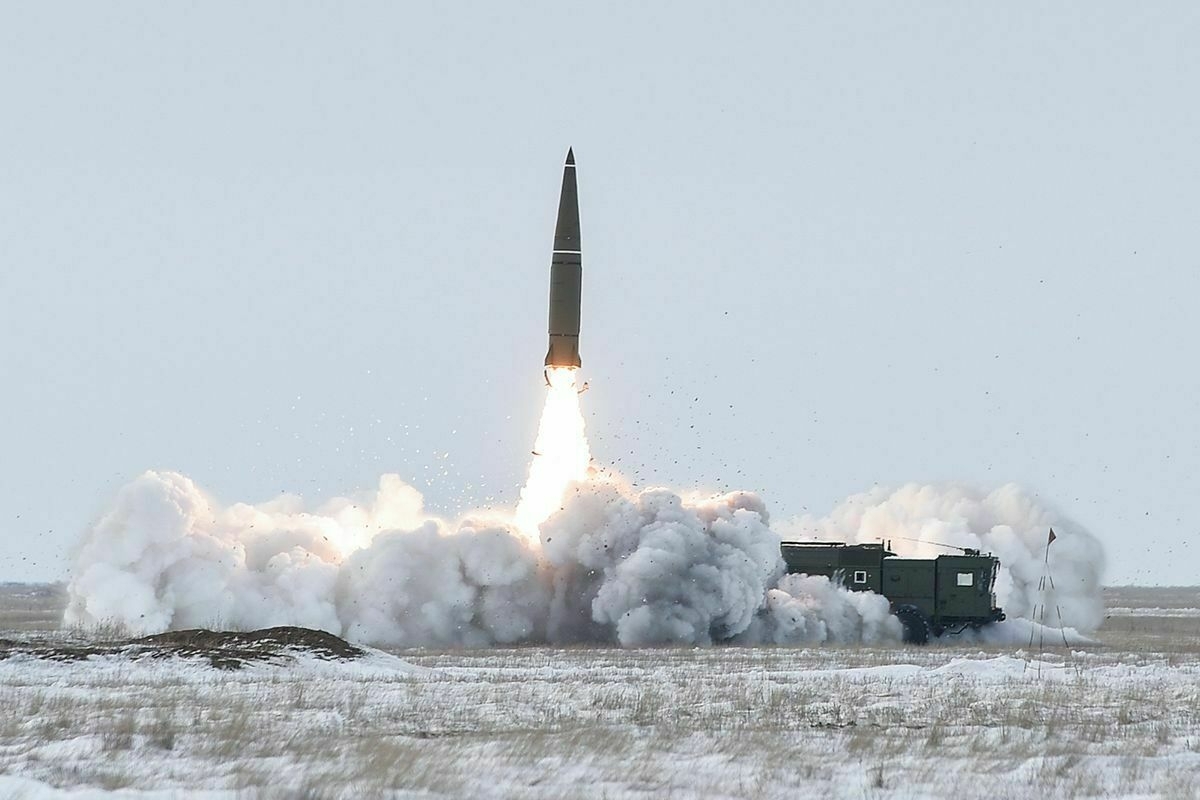
-
Russia plans to occupy Ukraine east of Dnipro, cut Black Sea access, Ukrainian official says
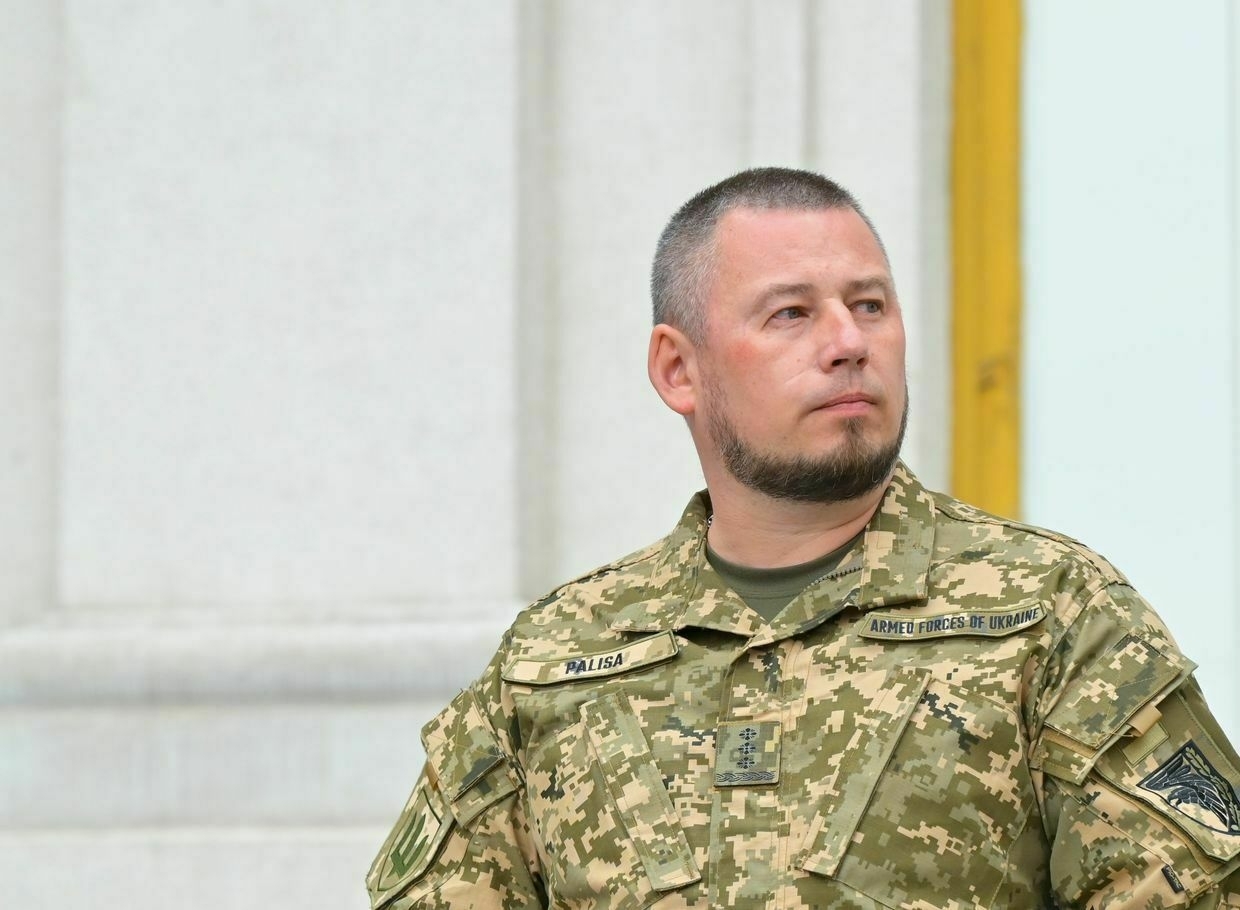
Russia aims to occupy all Ukrainian territory east of the Dnipro River and advance toward Odesa and Mykolaiv in a broader plan to sever Ukraine’s access to the Black Sea, President Volodymyr Zelensky’s Deputy Chief of Staff Pavlo Palisa said, Politico reported on June 6.
The remarks come amid continuing Russian offensives in eastern and northern Ukraine, along with escalating diplomatic efforts that have yet to yield a ceasefire.
According to Ukraine’s military intelligence agency (HUR), Moscow hopes to seize the entirety of Donetsk and Luhansk oblasts by this fall and establish a buffer zone along Ukraine’s northern border with Russia.
The second phase of the plan envisions more ambitious territorial gains, including an advance into southern Ukraine aimed at cutting the country off from the sea.
“Unfortunately, they are not speaking about peace. They are preparing for war,” Palisa said during a press briefing at the Ukrainian Embassy in Washington.
The warning comes days after Russia presented Ukraine with a so-called “peace memorandum” during a second round of negotiations in Istanbul on June 2.
The document, published by Russian state media outlet TASS, demands that Kyiv recognize Russia’s claimed annexation of four Ukrainian oblasts — Kherson, Donetsk, Zaporizhzhia, and Luhansk — and fully withdraw from them.
Moscow also calls for Ukraine’s demobilization and a formal ban on NATO membership.
During the talks, Ukraine’s delegation submitted a separate proposal calling for an all-for-all prisoner exchange, the return of abducted Ukrainian children, and the release of civilians held in Russian captivity.
Kyiv also reiterated its call for a Western-backed 30-day ceasefire as a foundation for future negotiations — a proposal Moscow again rejected.
Ukraine’s military leadership has warned that Russian forces are preparing for a major summer offensive in Donetsk Oblast, where daily assaults have continued since 2022.
Despite suffering heavy losses, Russian troops are advancing through mass wave attacks that gain only tens of meters per day. According to the U.S.-based Center for Strategic and International Studies (CSIS), Moscow currently occupies roughly 20% of Ukraine.
Ukraine war latest: Ukraine strikes Russian missile base in Bryansk Oblast, damages Iskander launchers; Trump dismisses timeline to impose Russian sanctionsKey developments on June 5: * Ukraine strikes Russian missile base in Bryansk Oblast, damages Iskander launchers, Ukrainian military says * ‘Deadline is in my brain’ — Trump dismisses timeline to impose Russian sanctions * ‘Not destroyed but damaged’ — Russia claims it will repair bombers struck in Operation Spiderweb * Trump privately praises Ukraine’s droneThe Kyiv IndependentThe Kyiv Independent news desk
